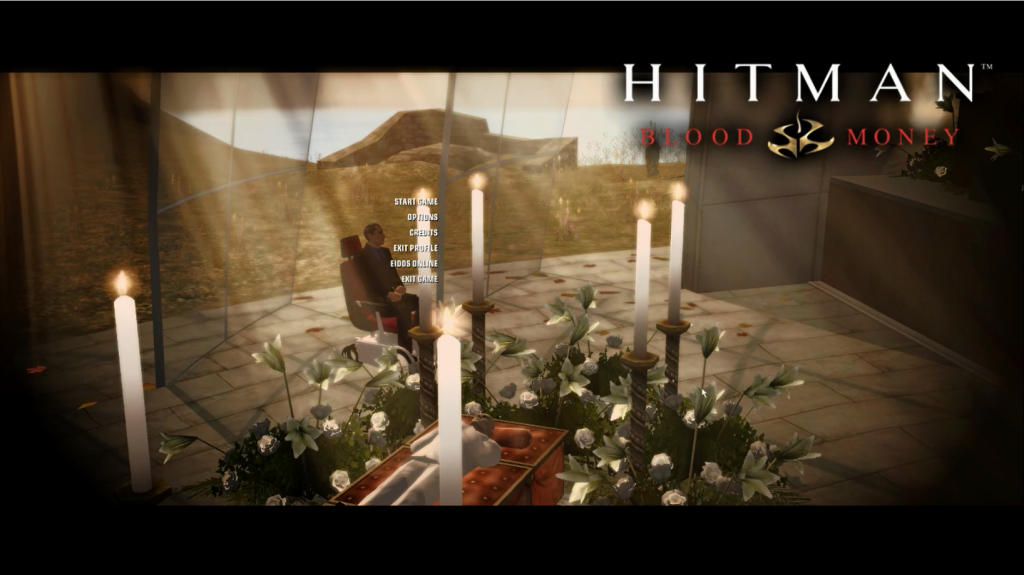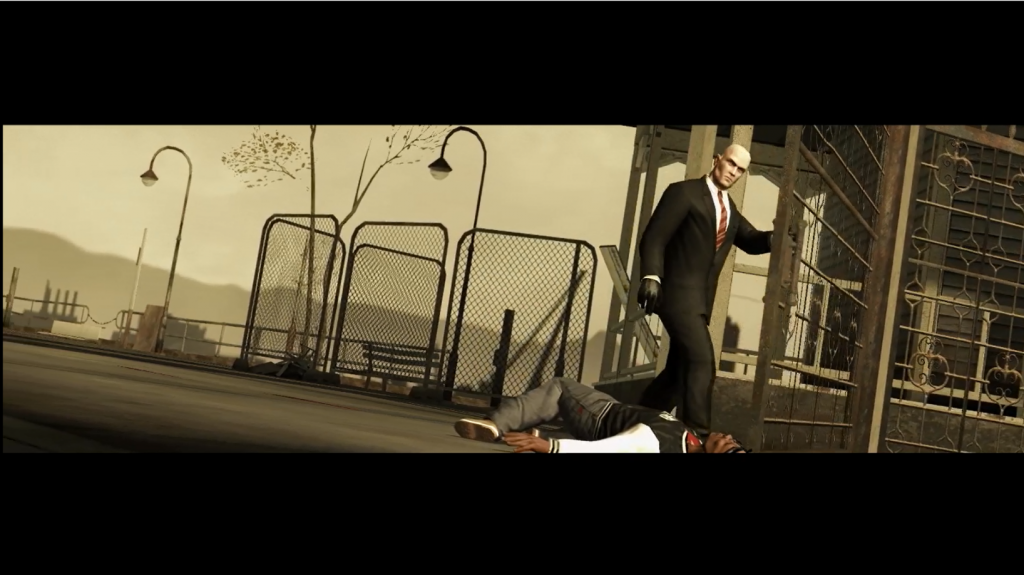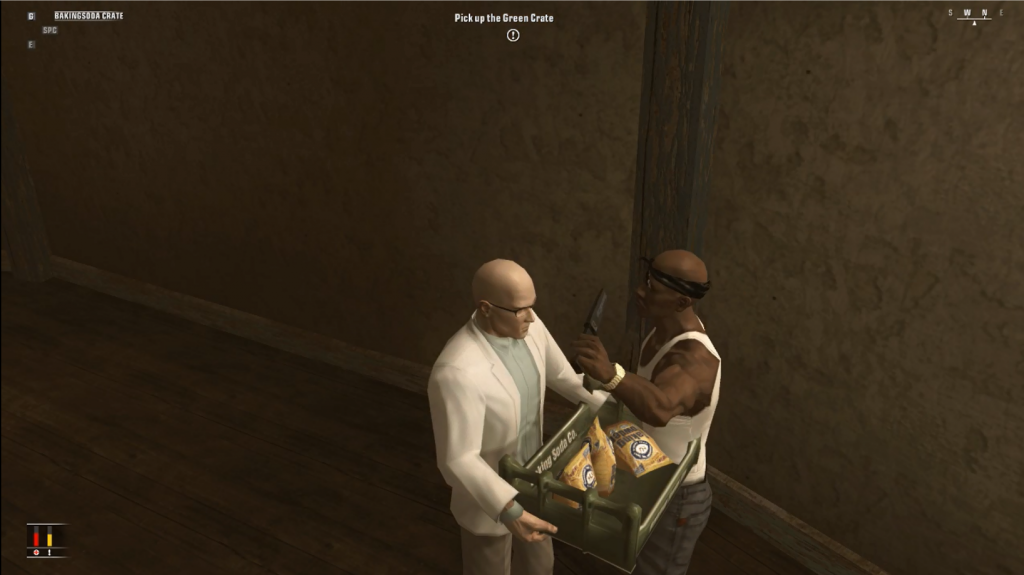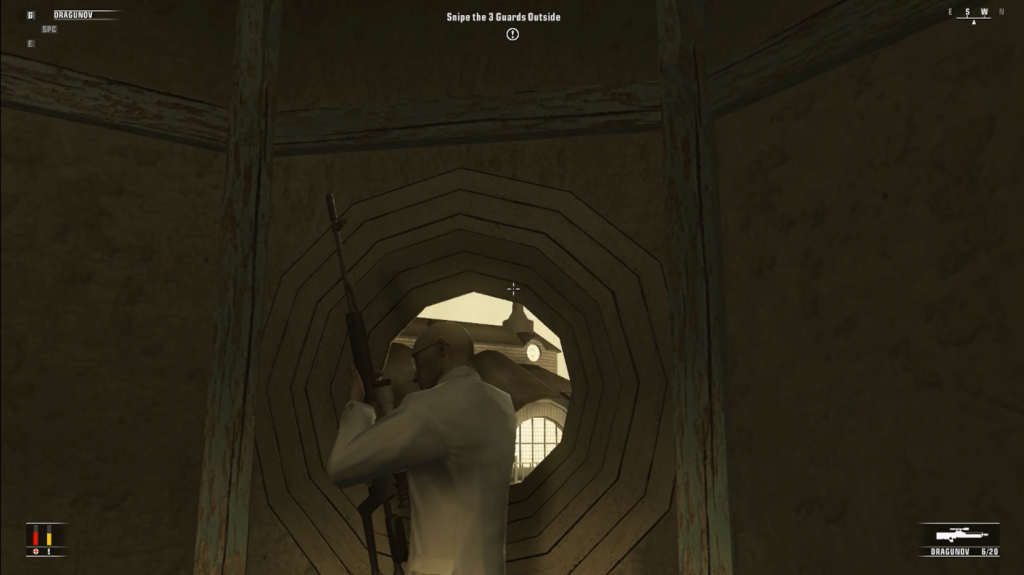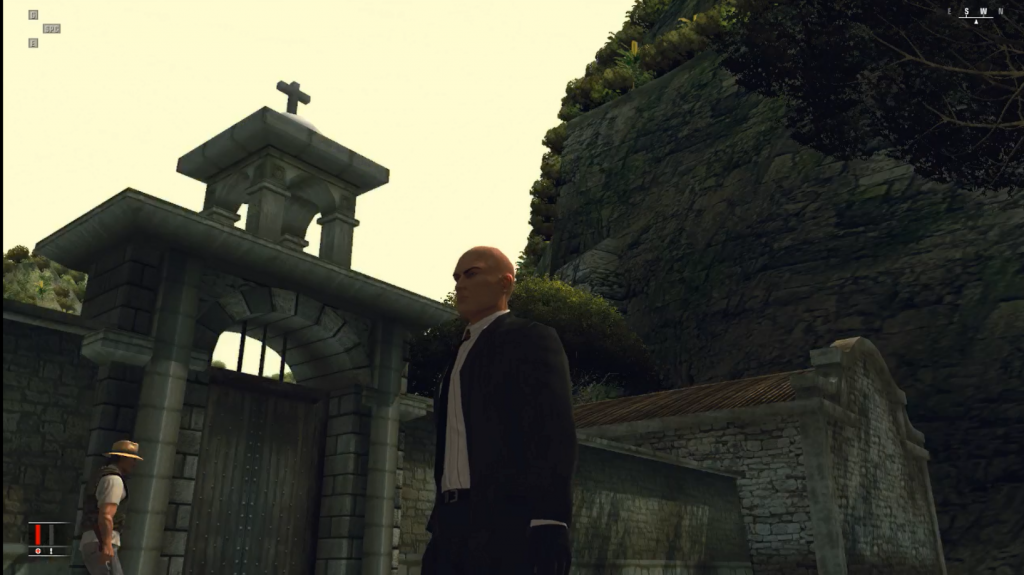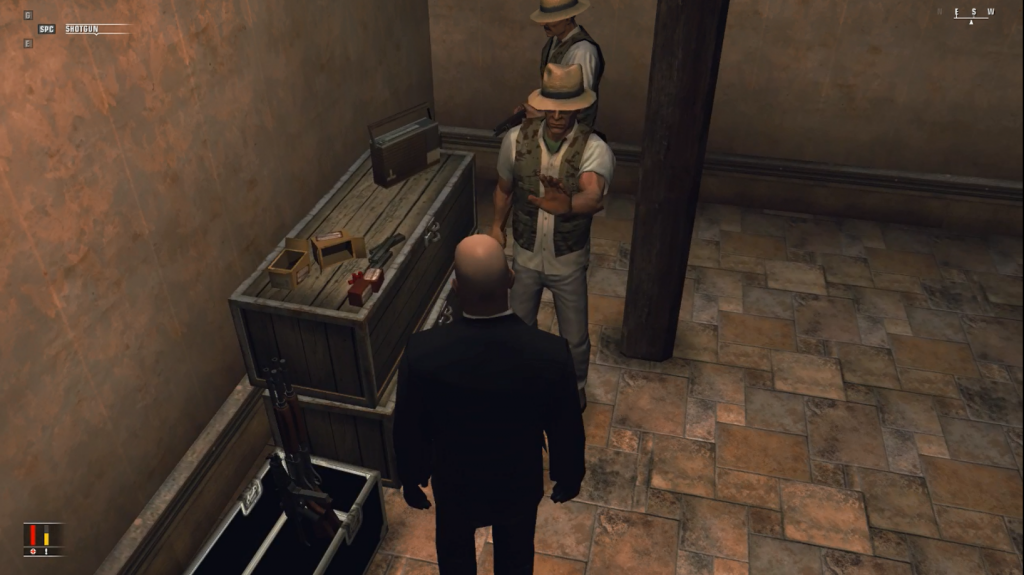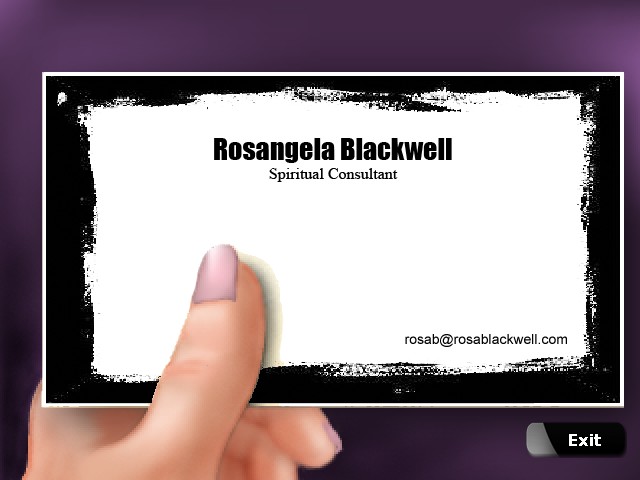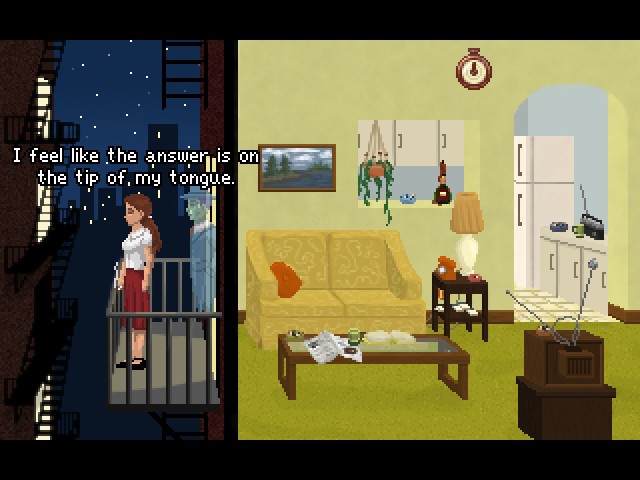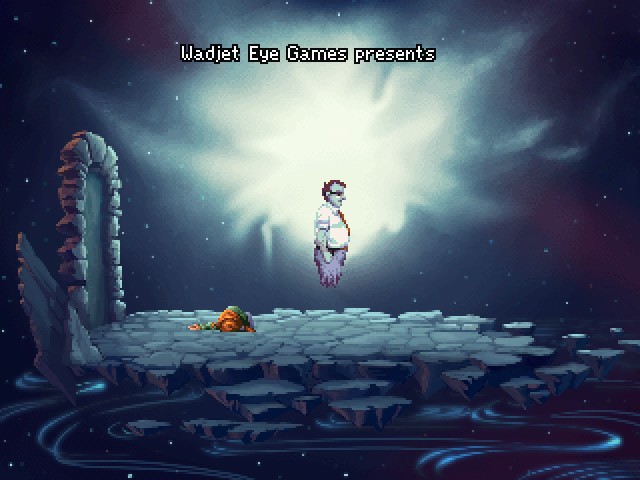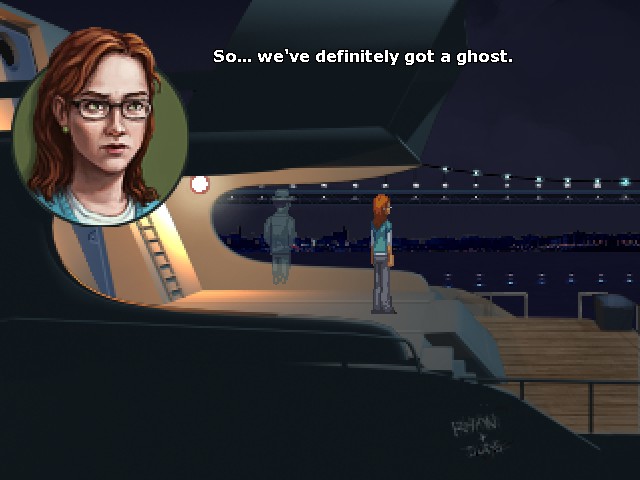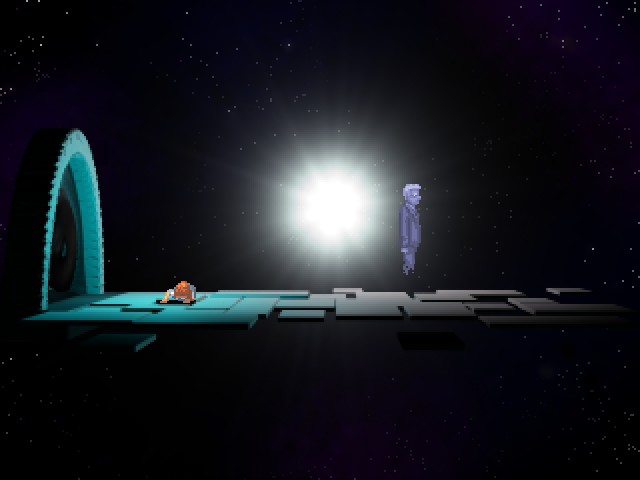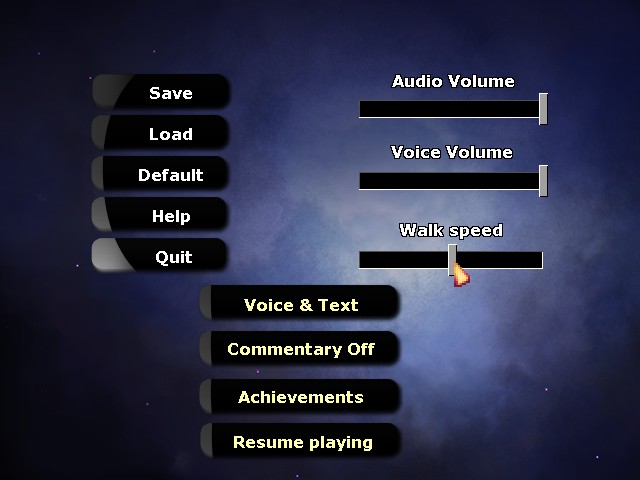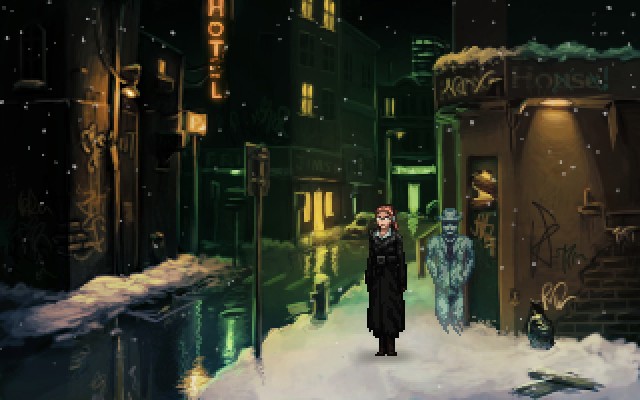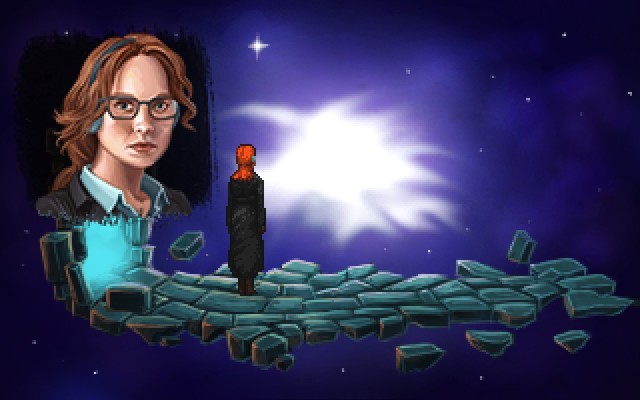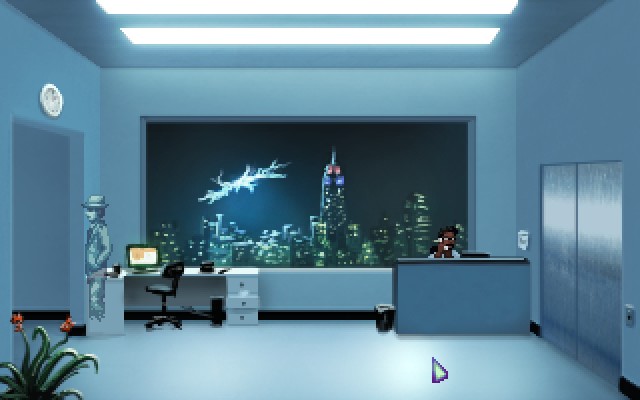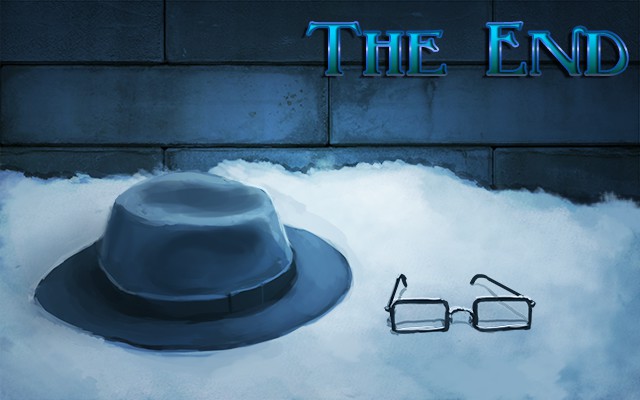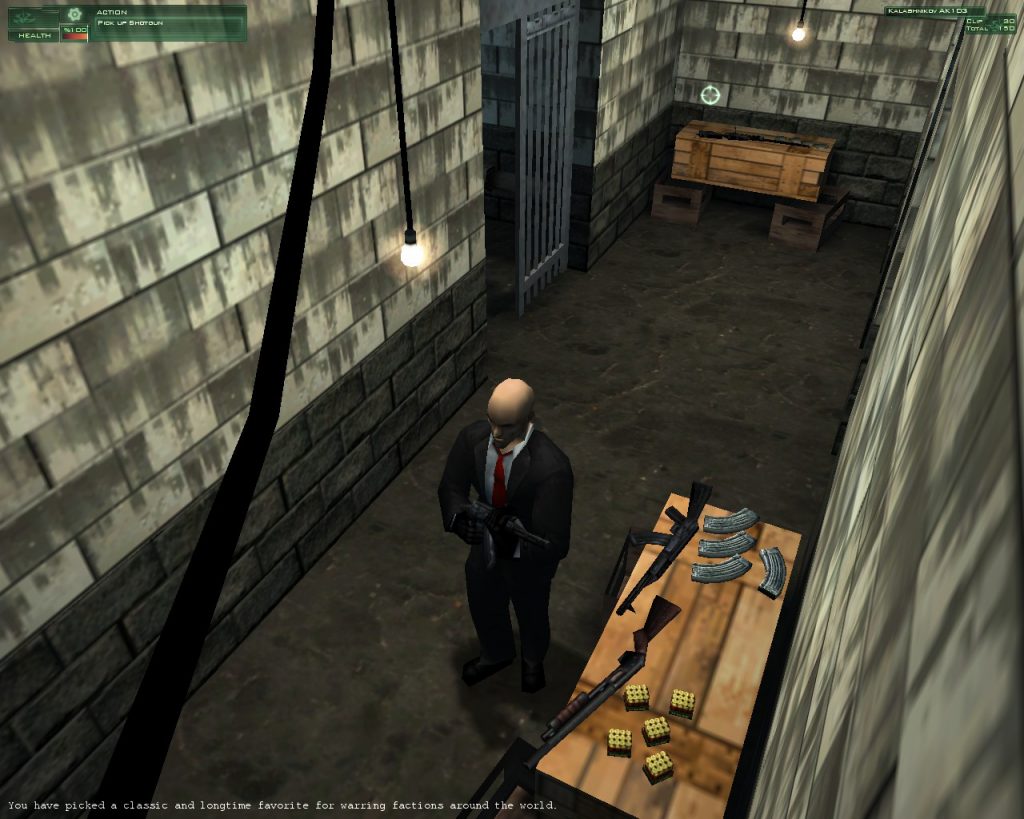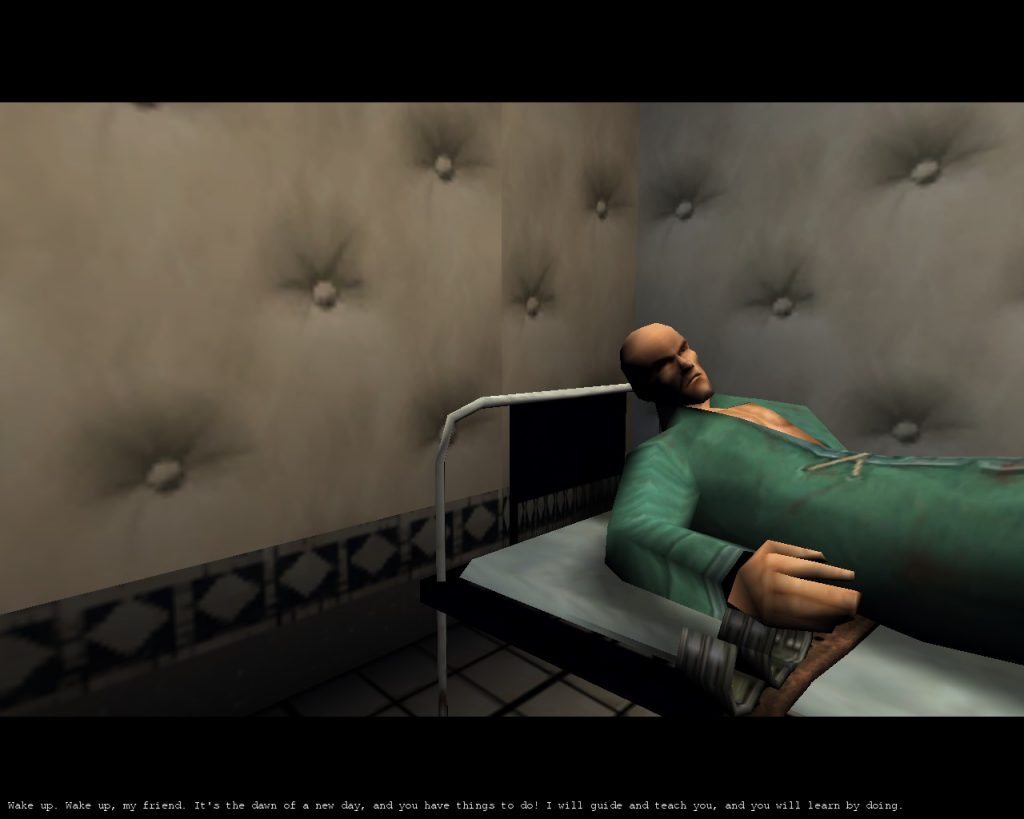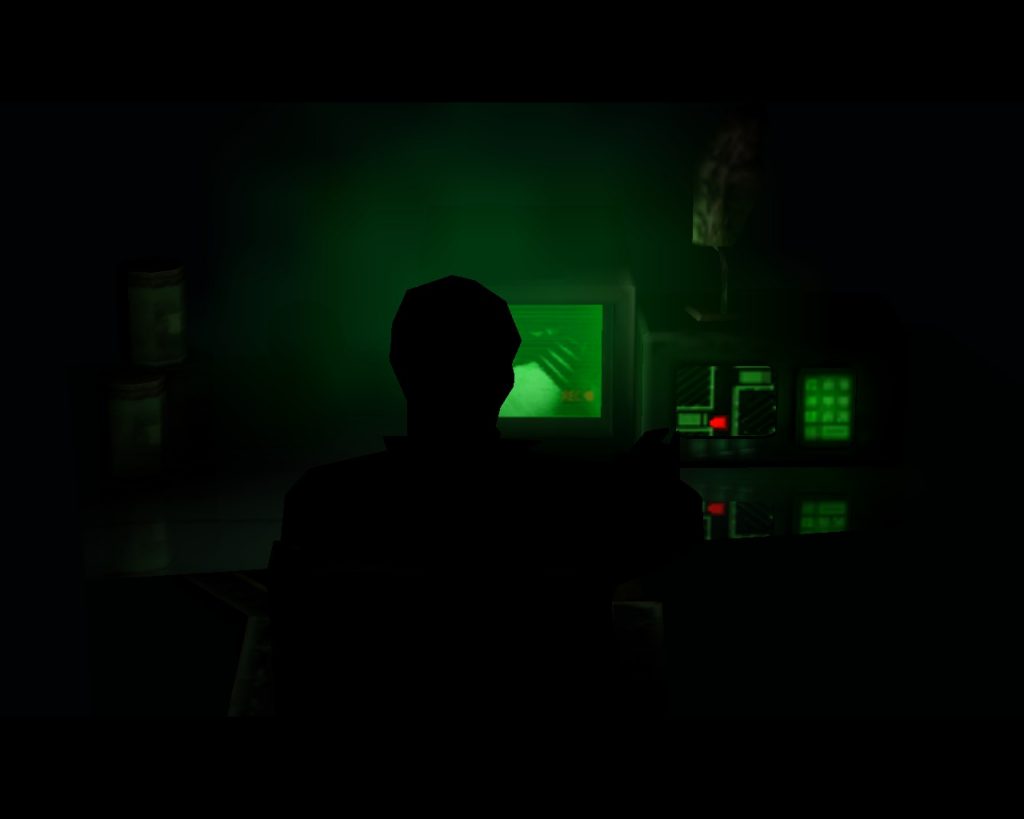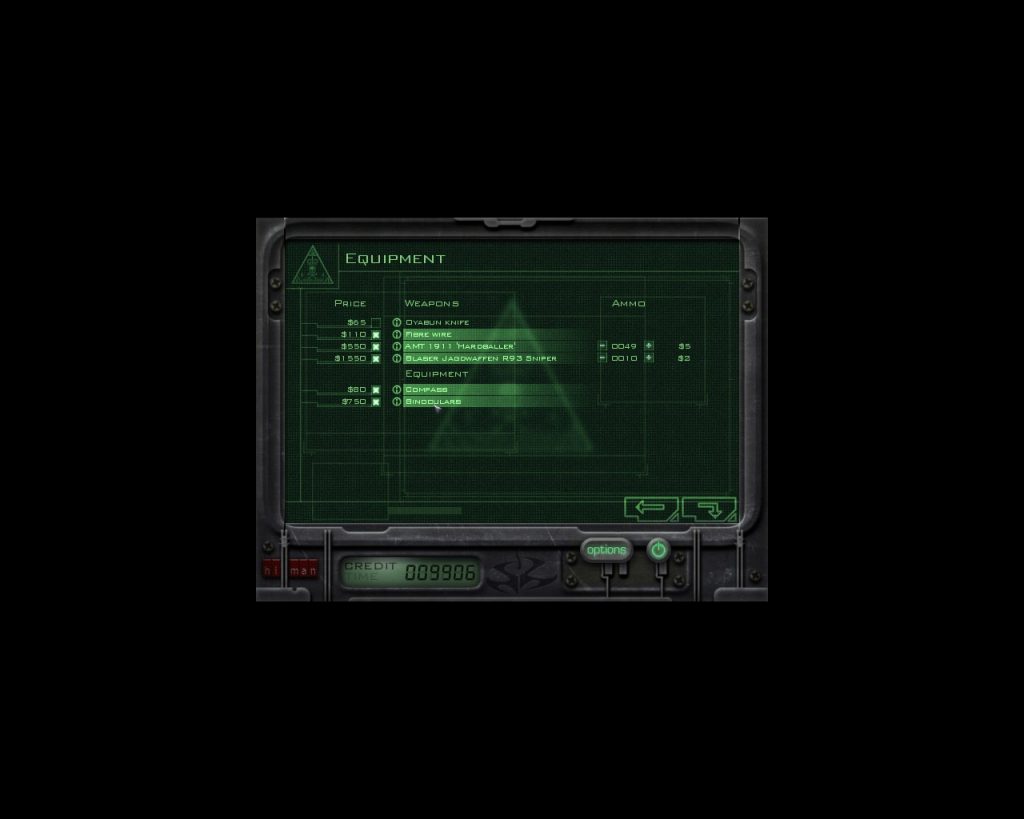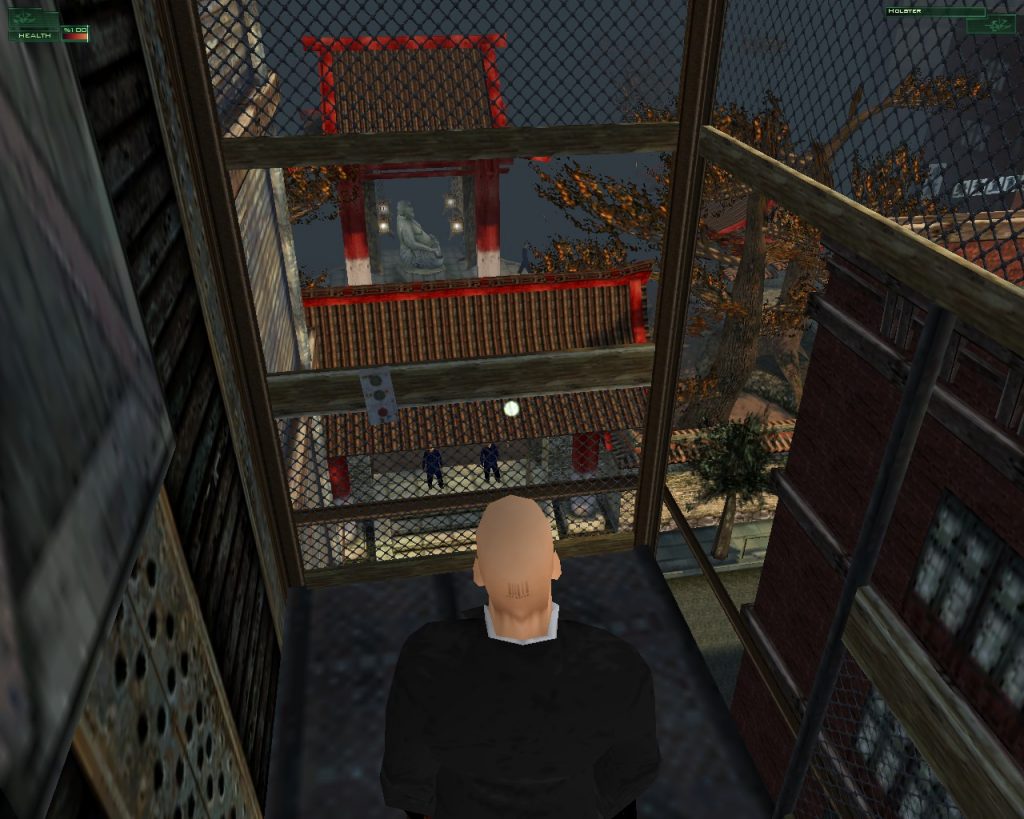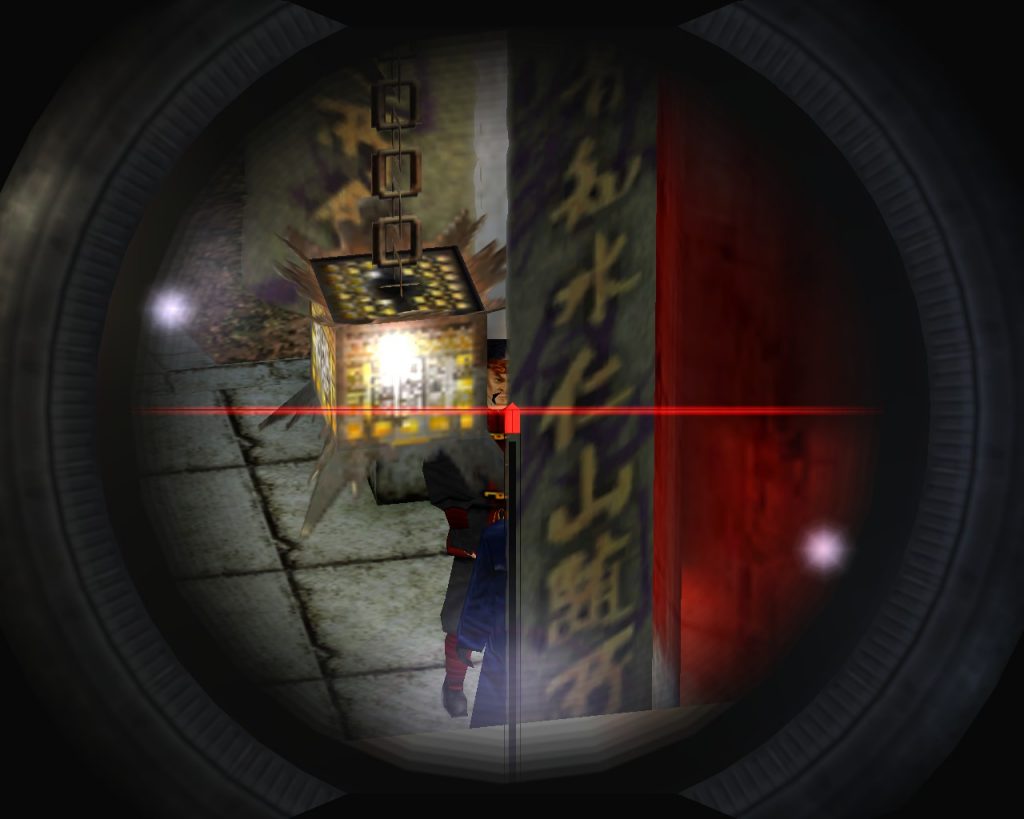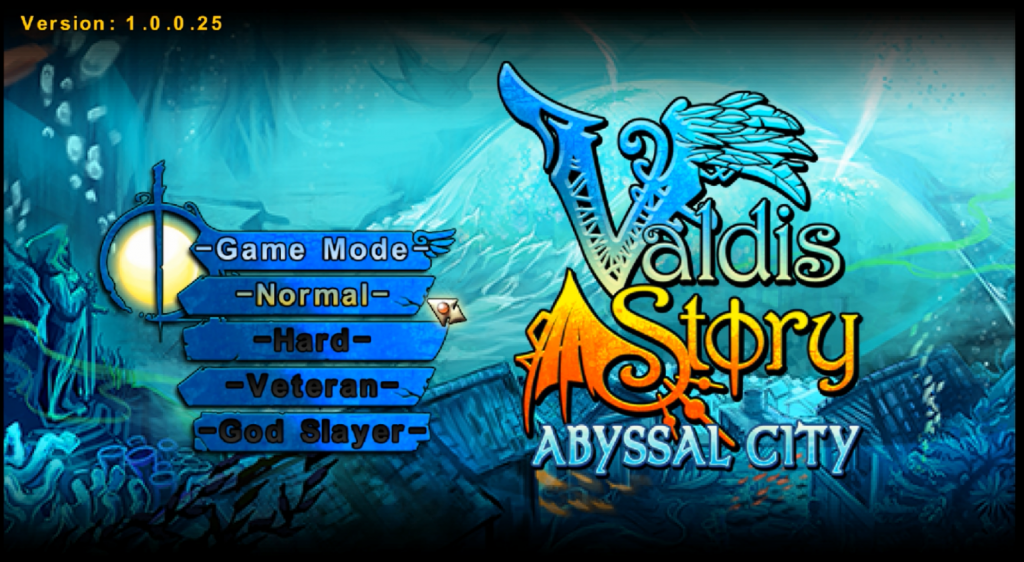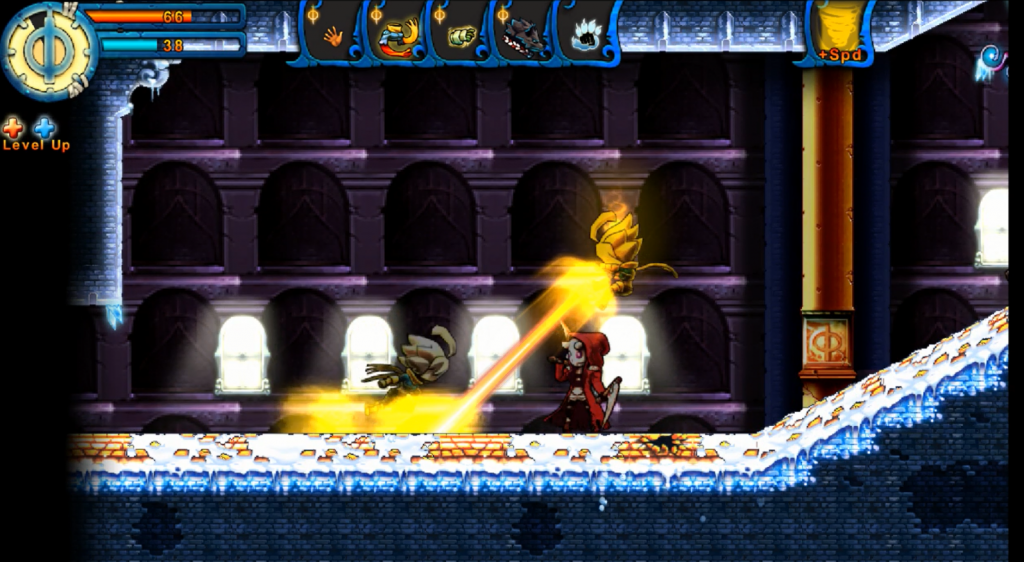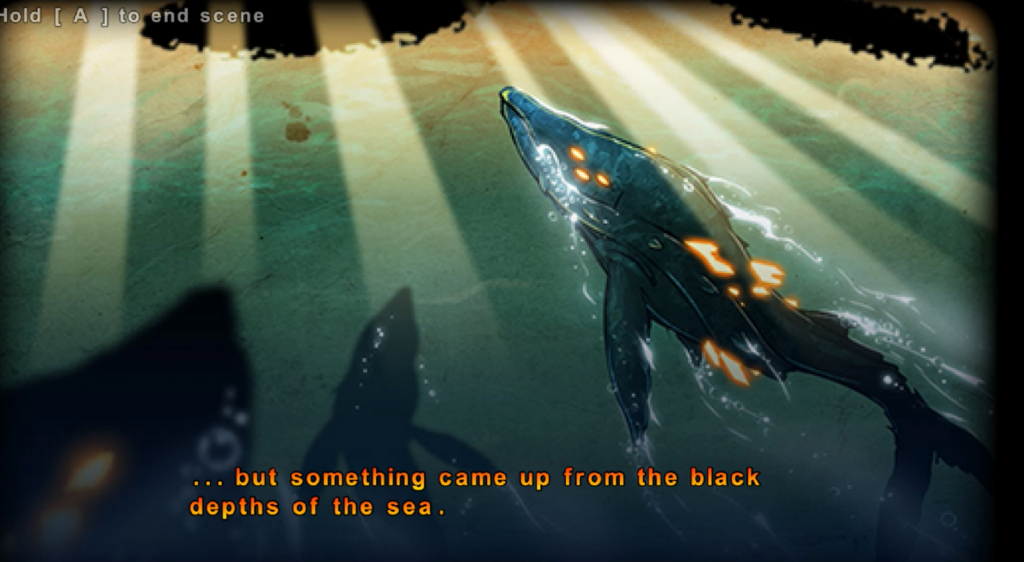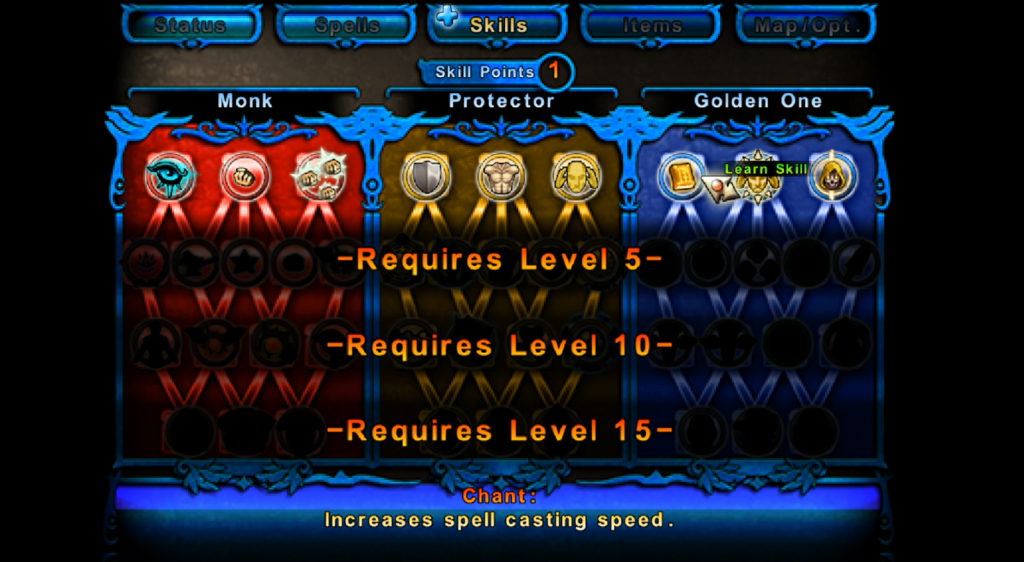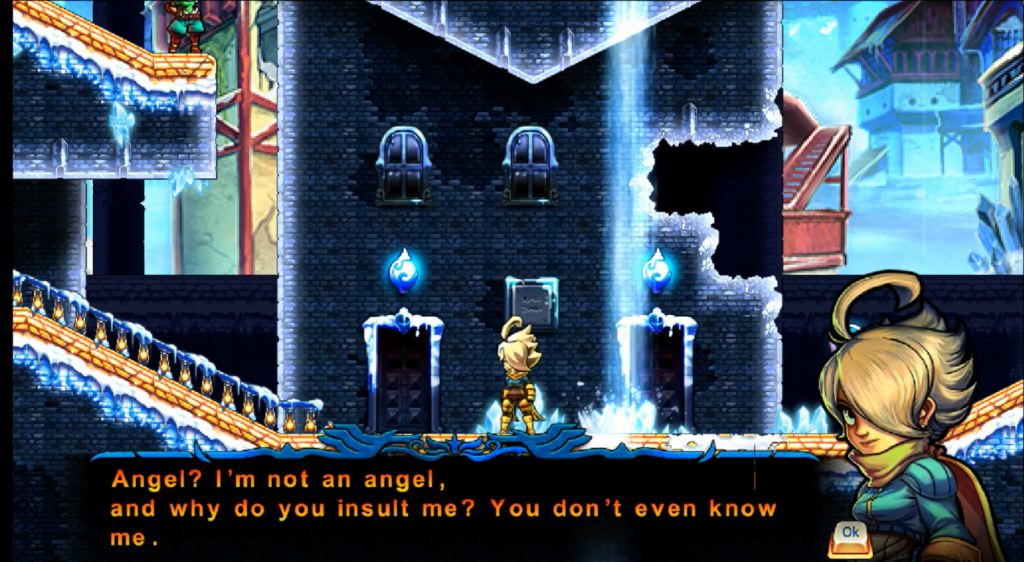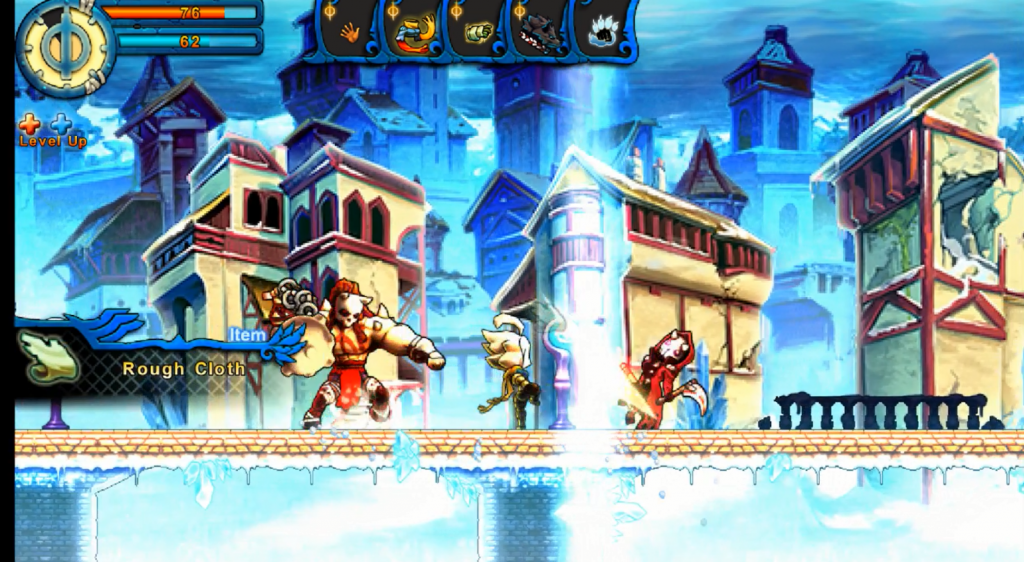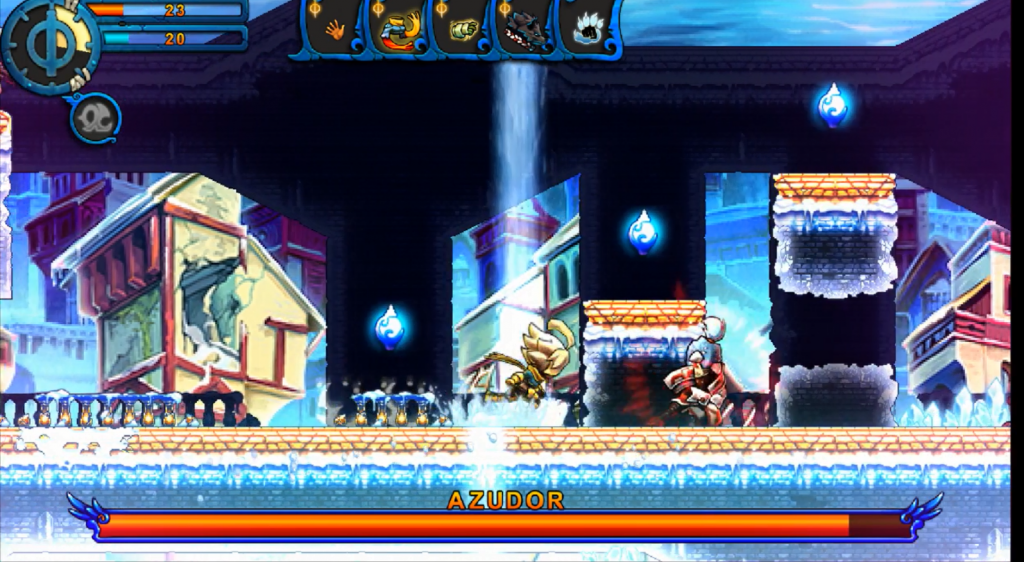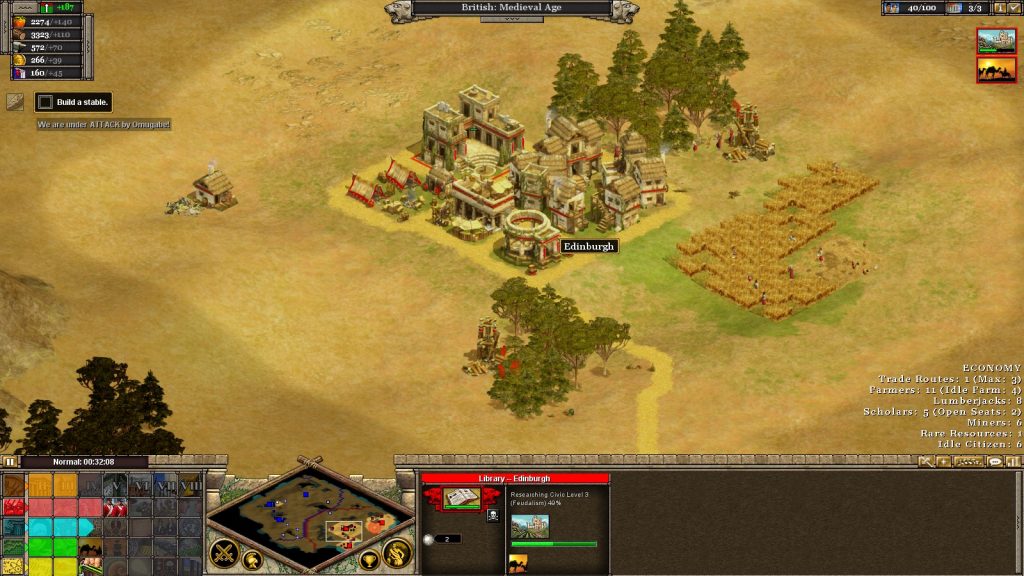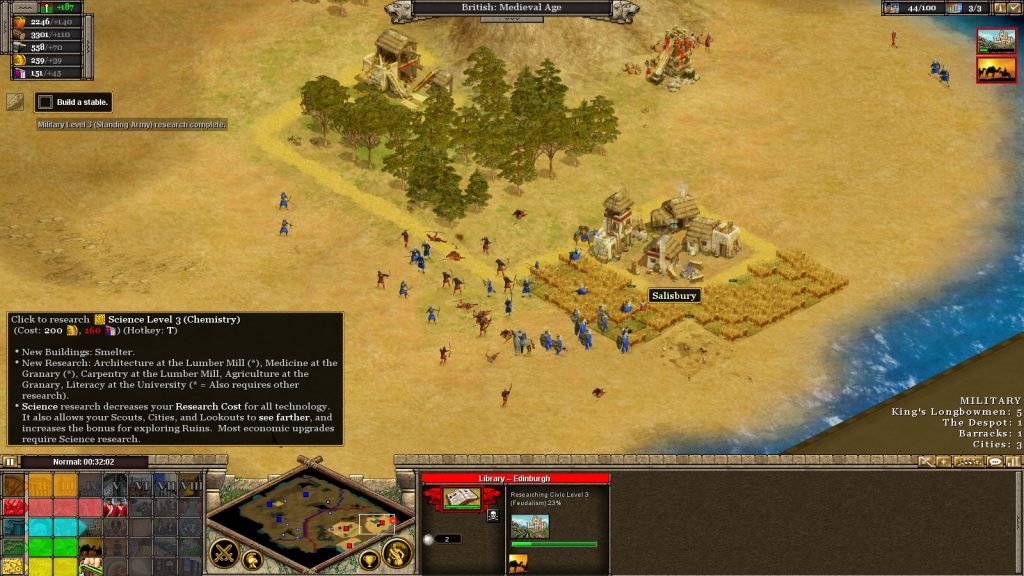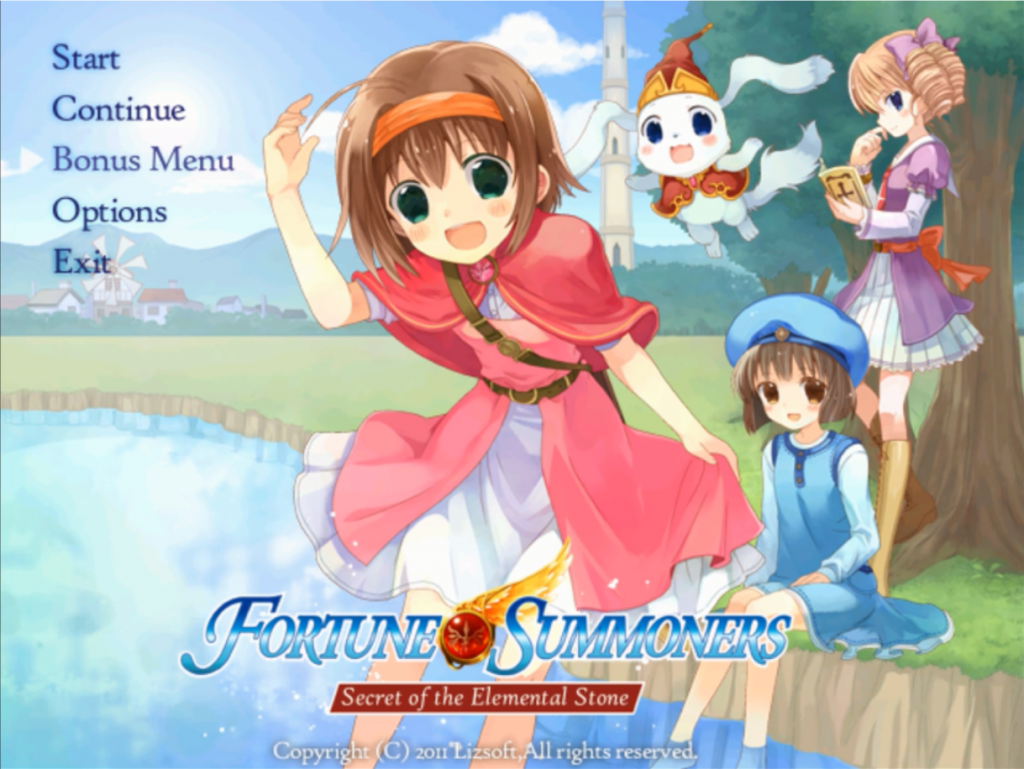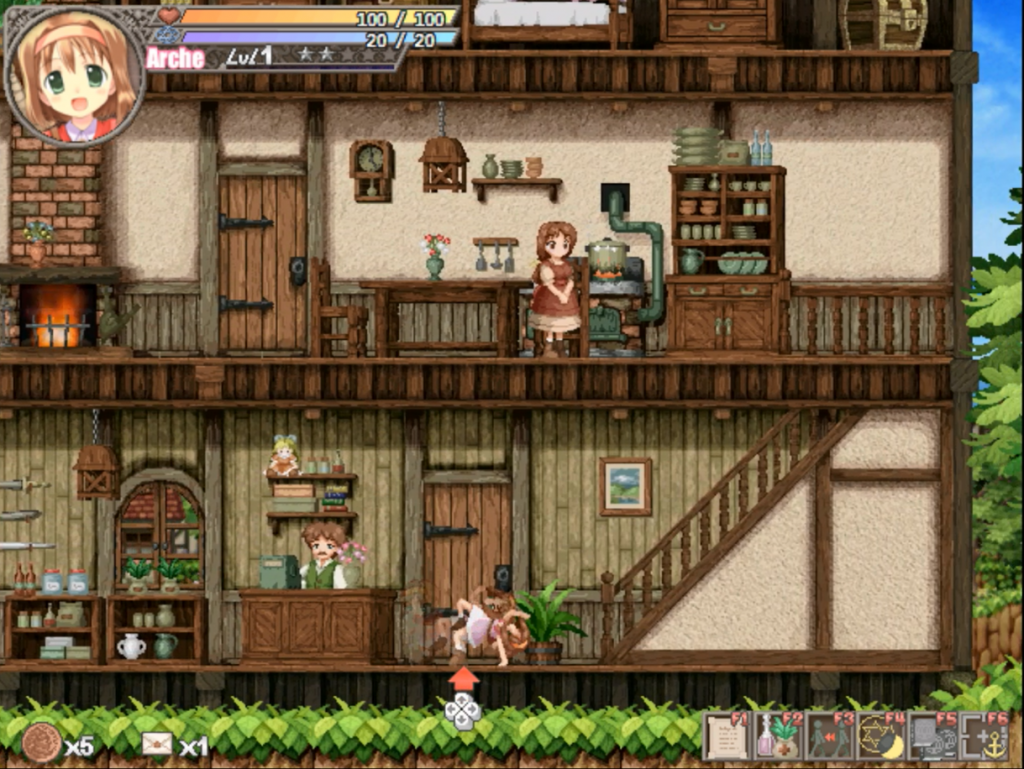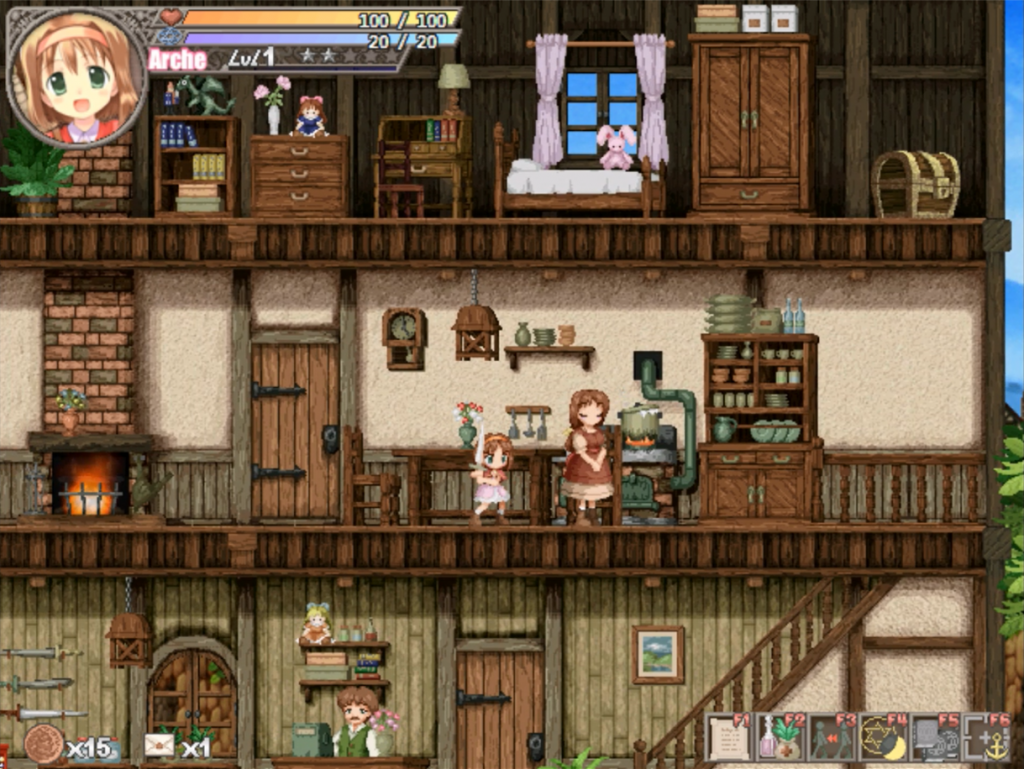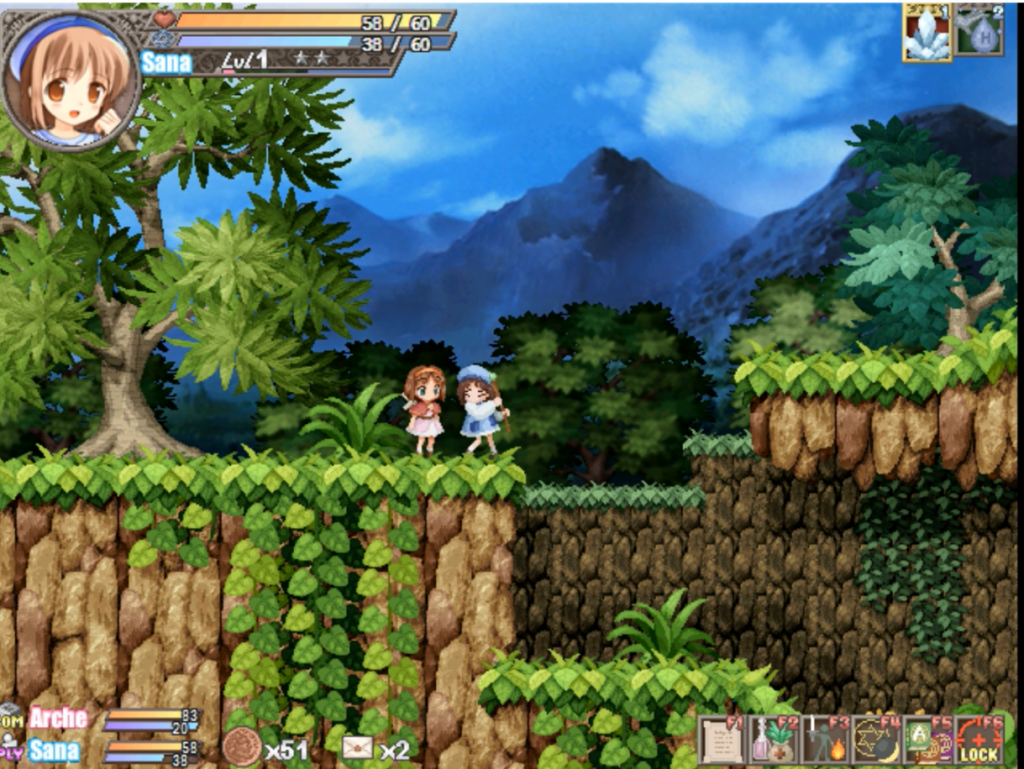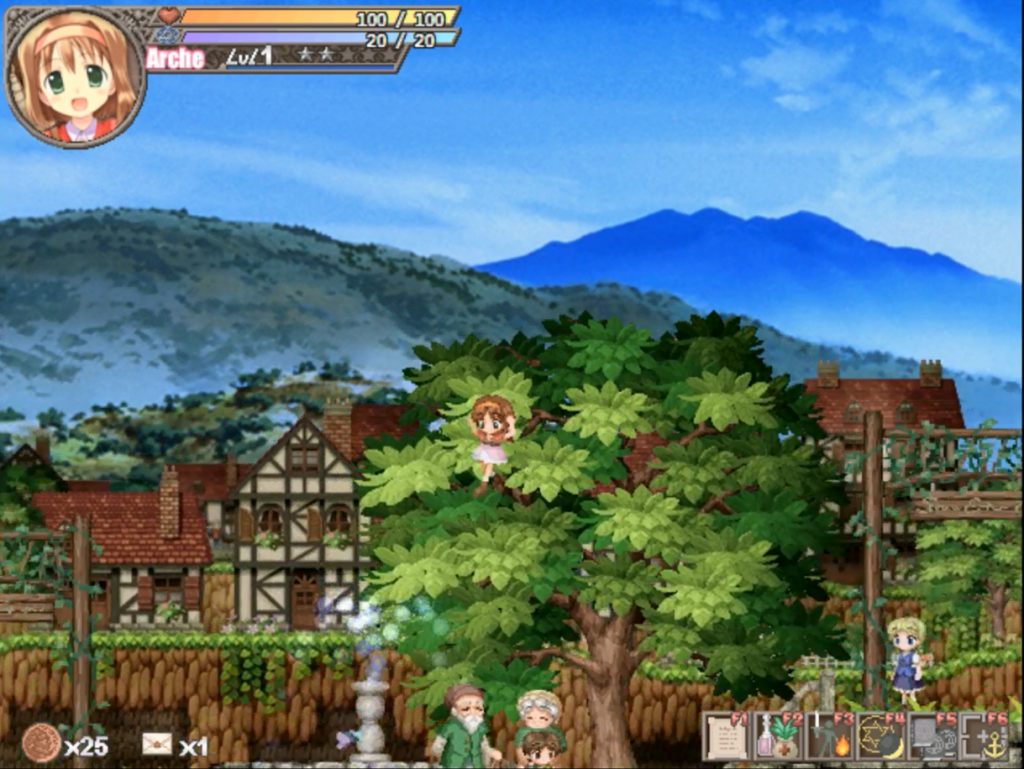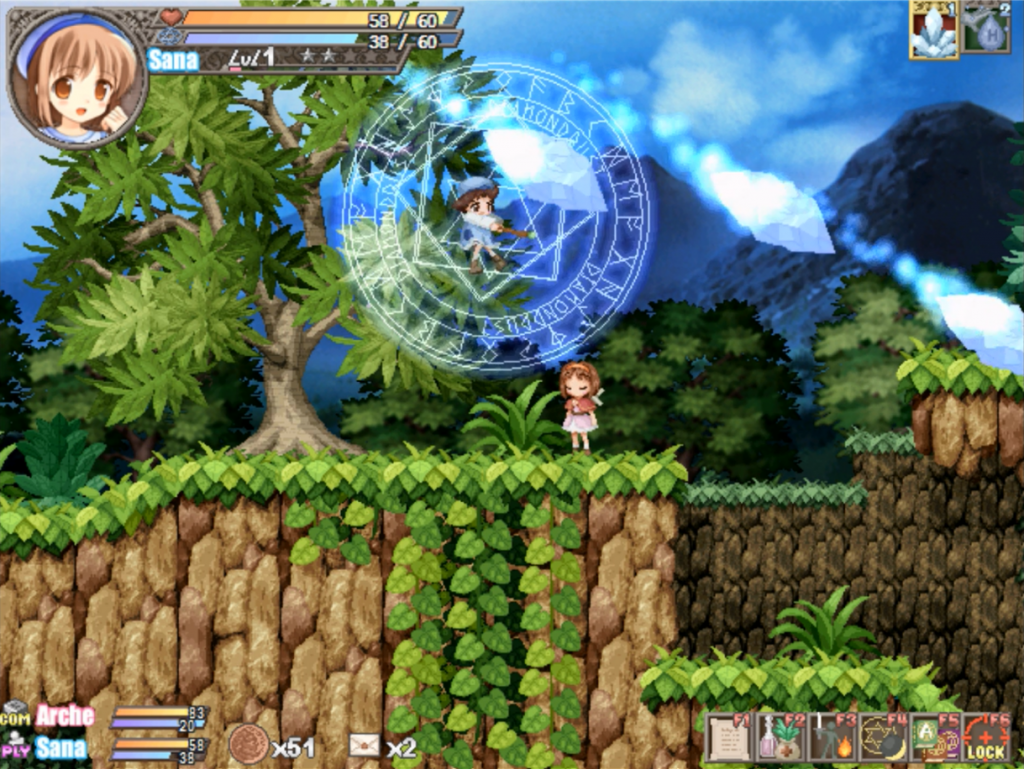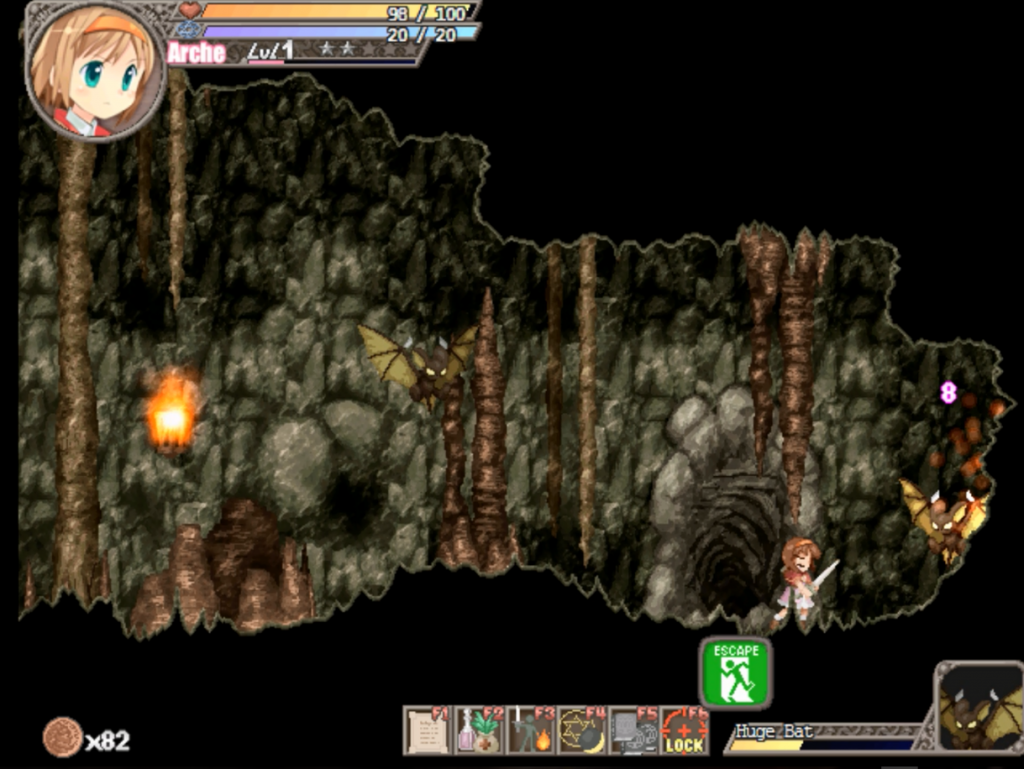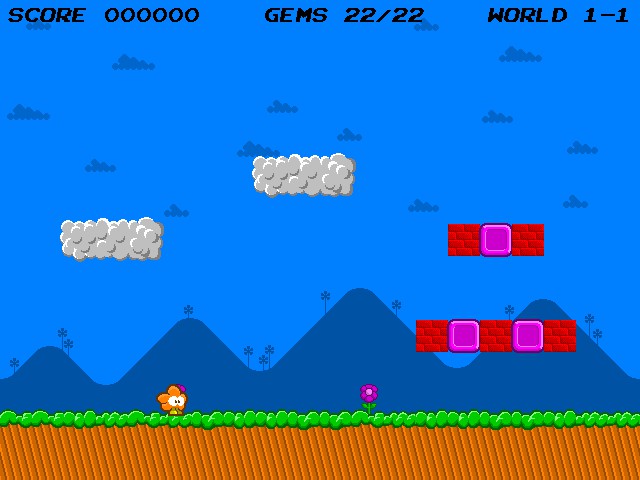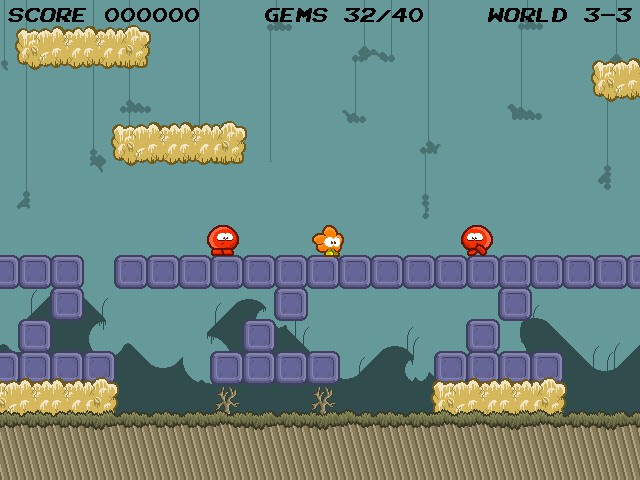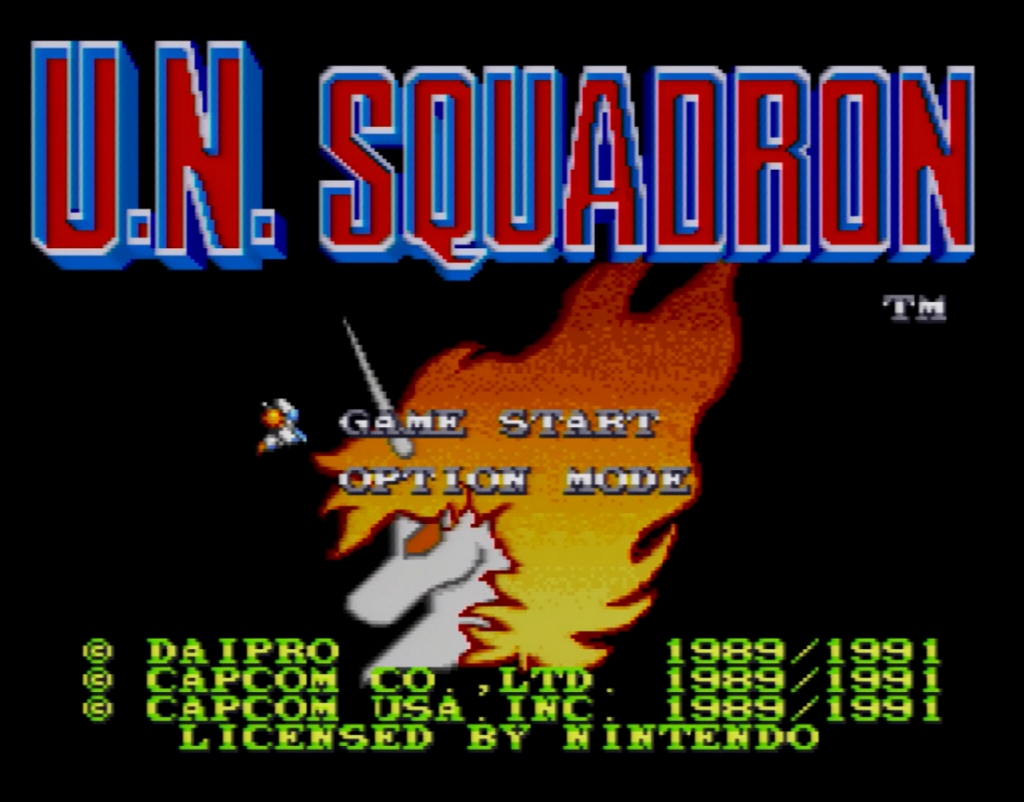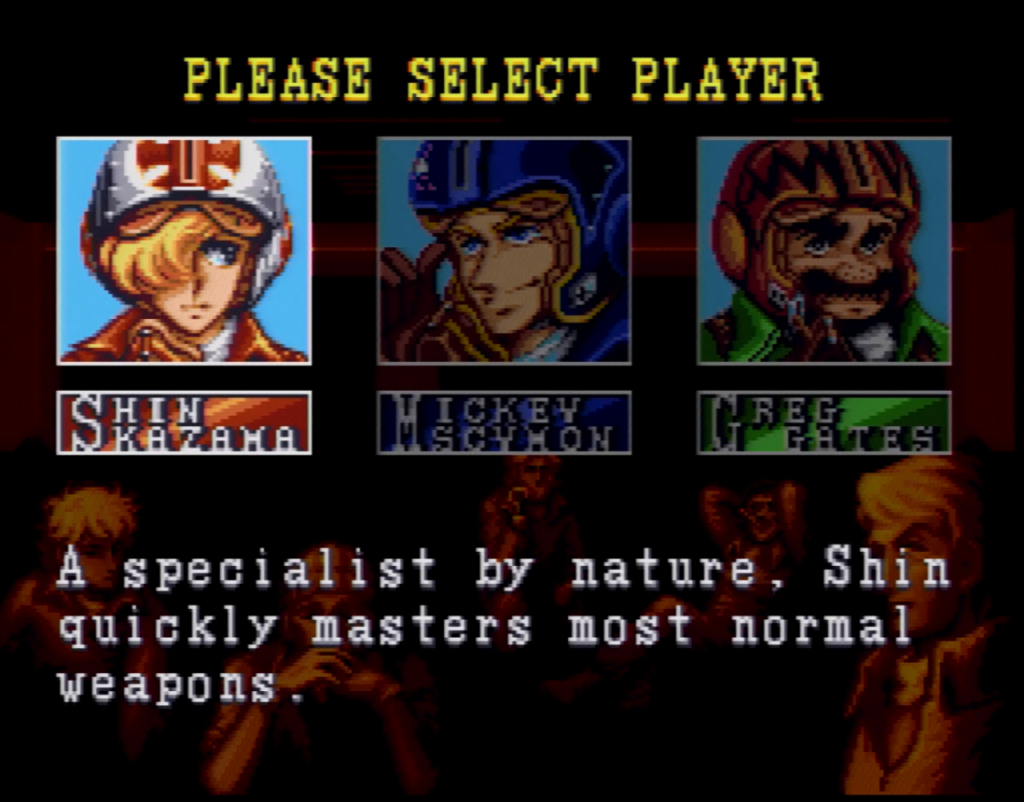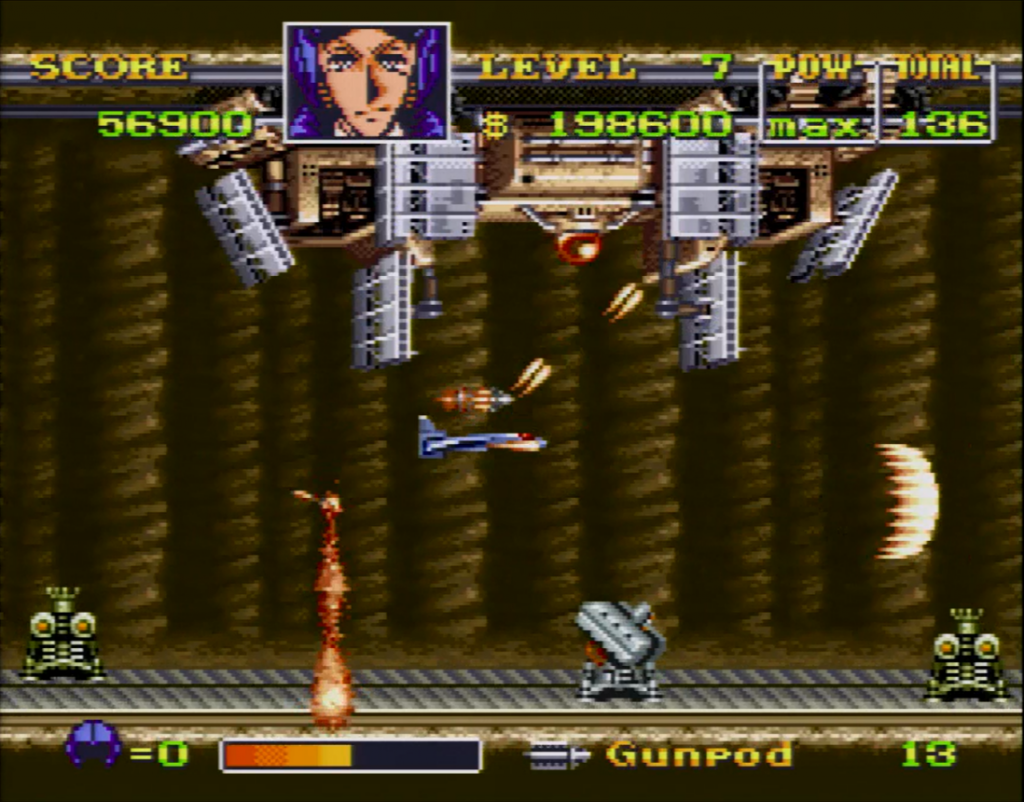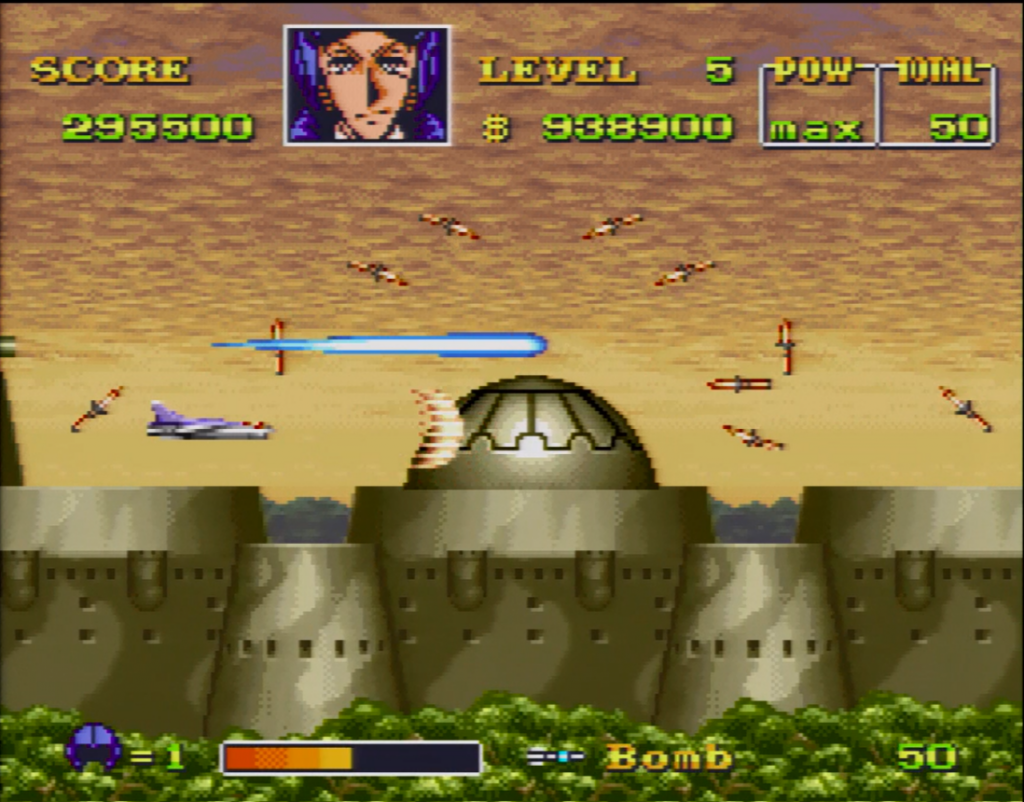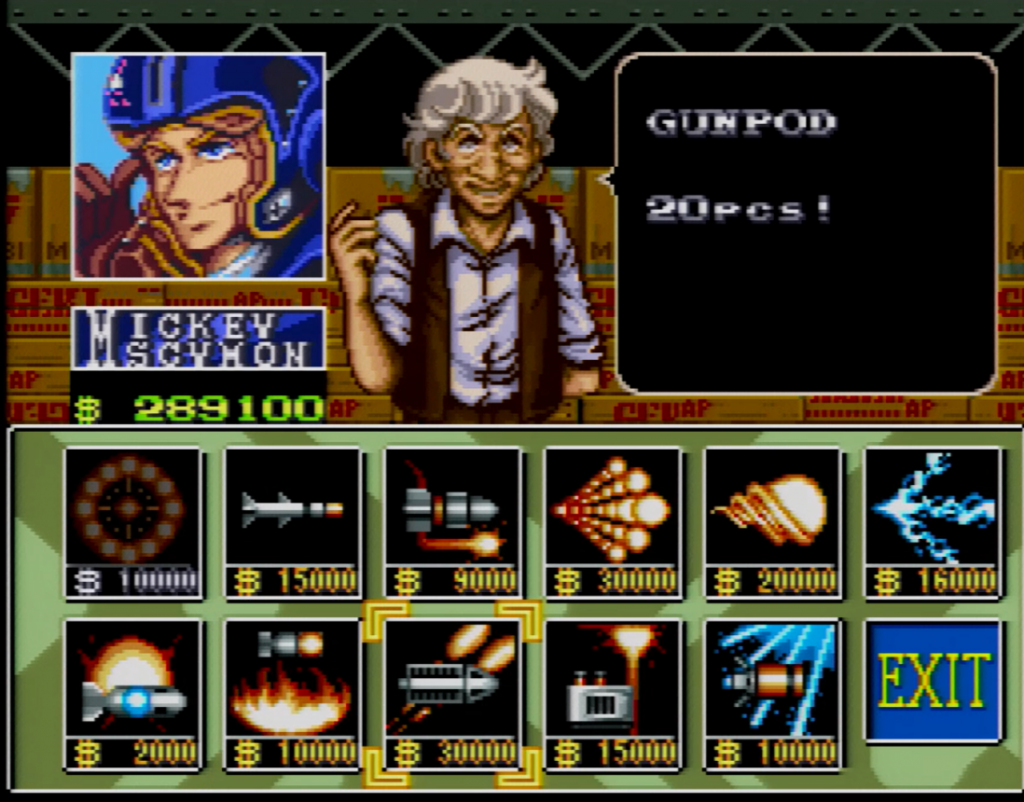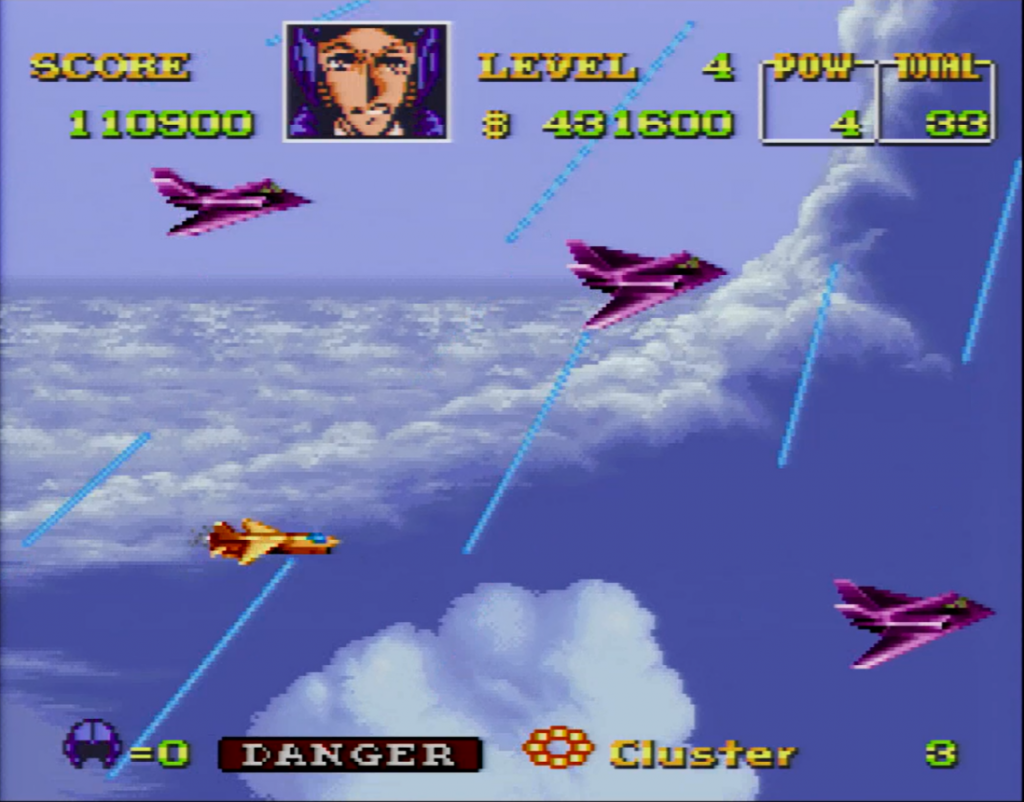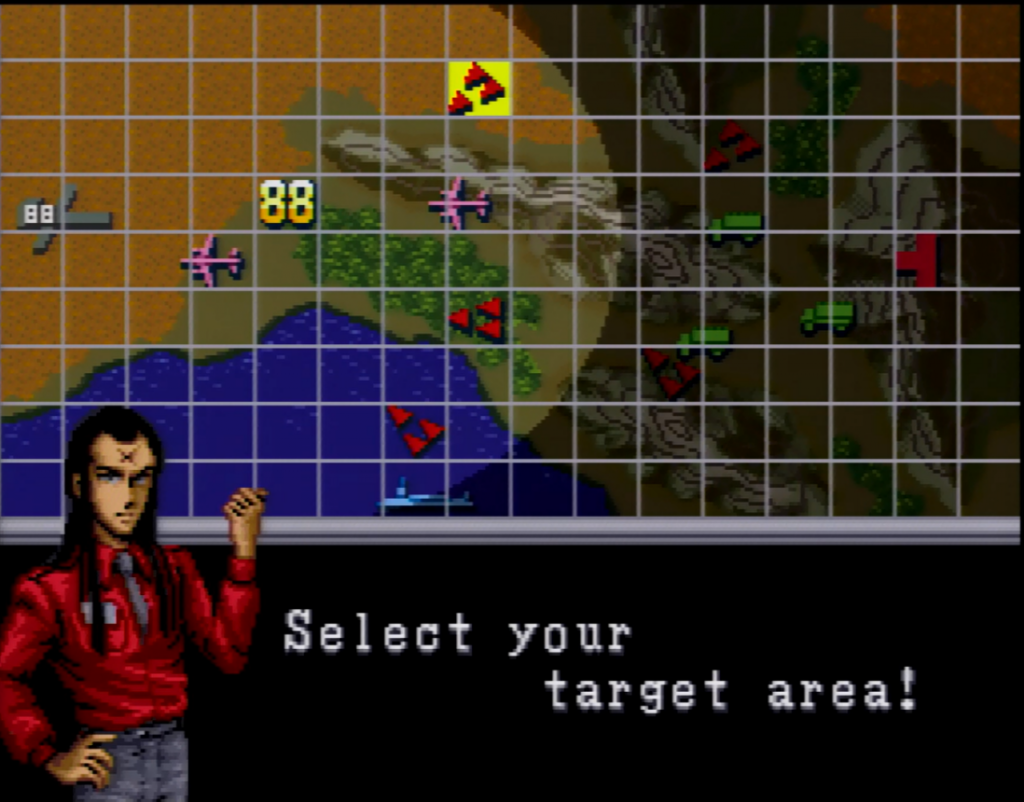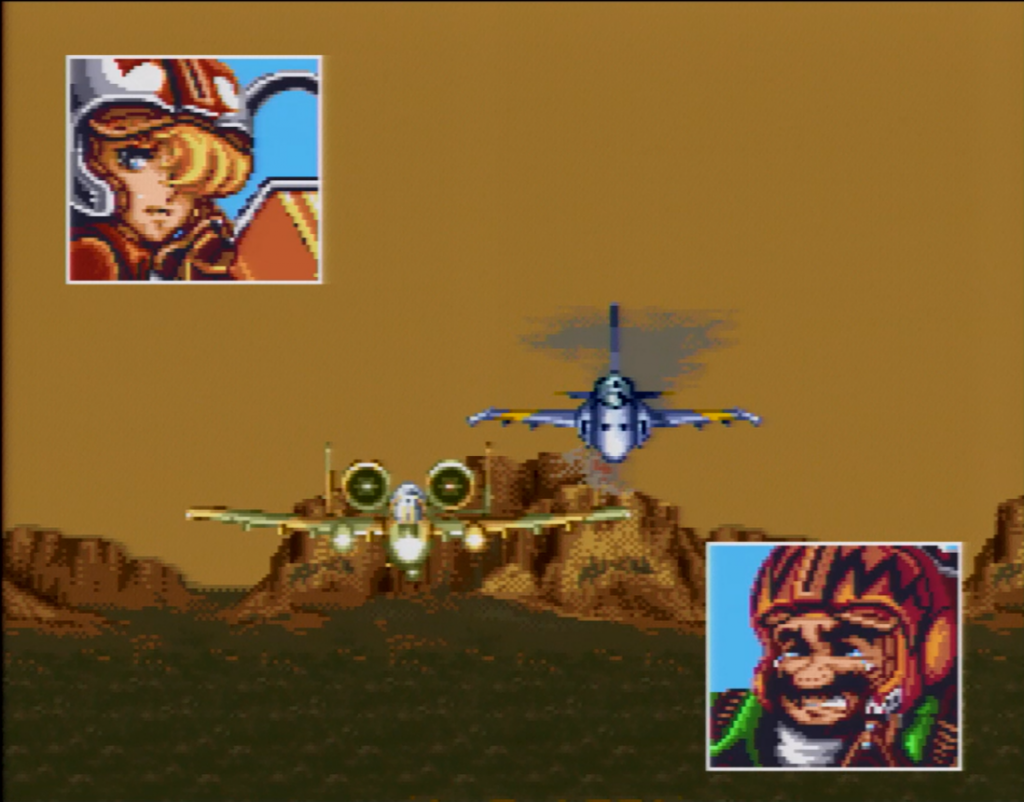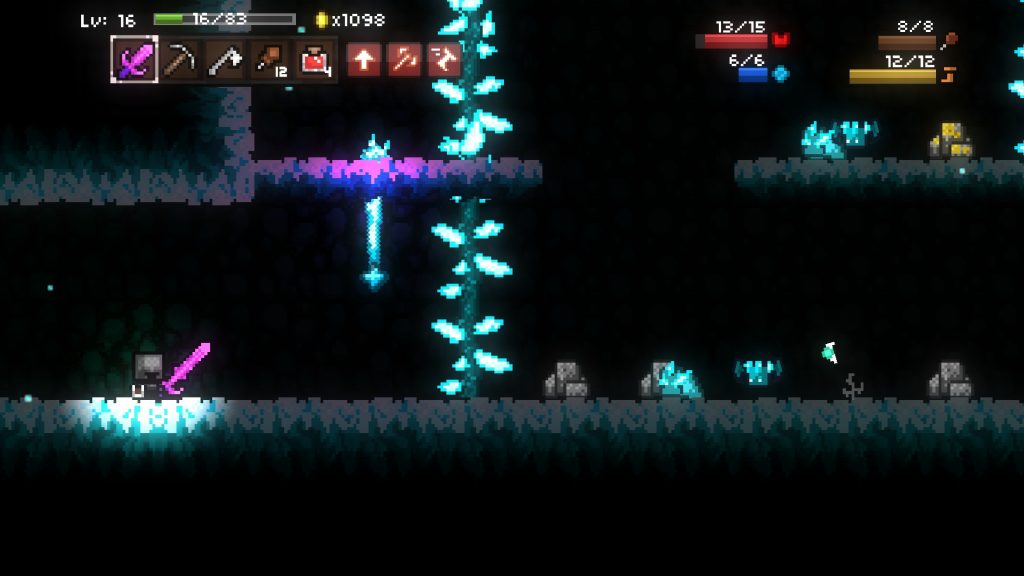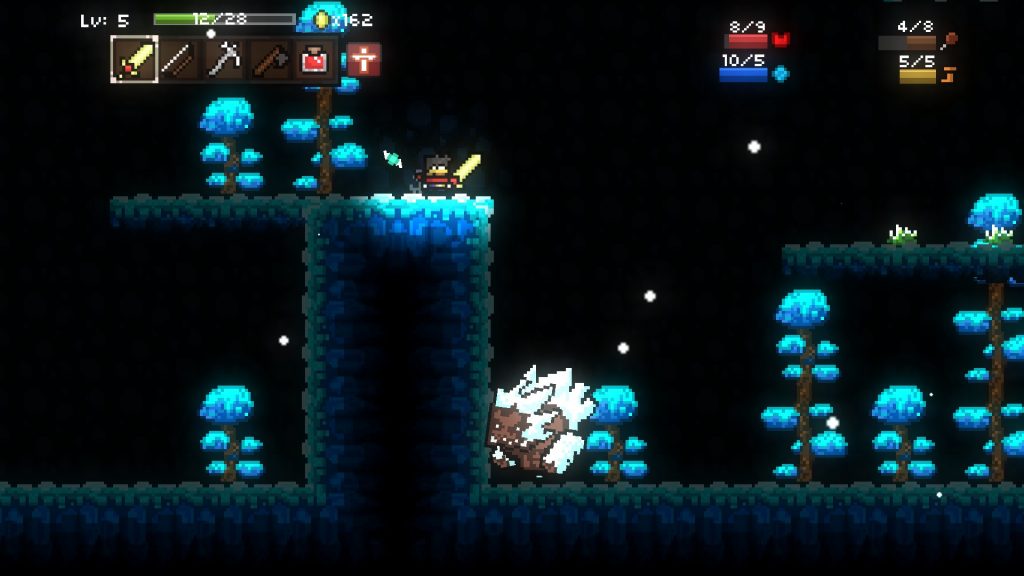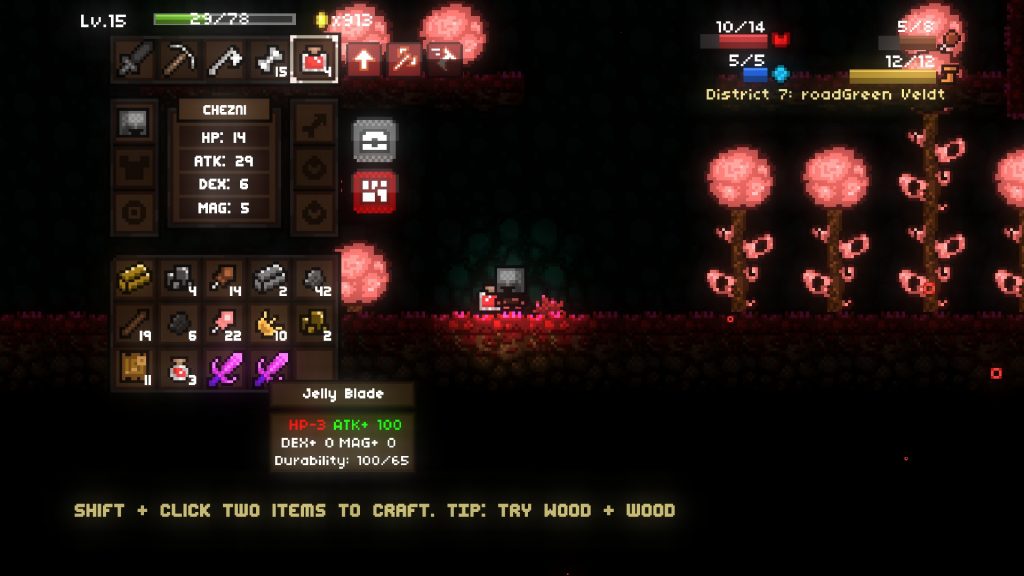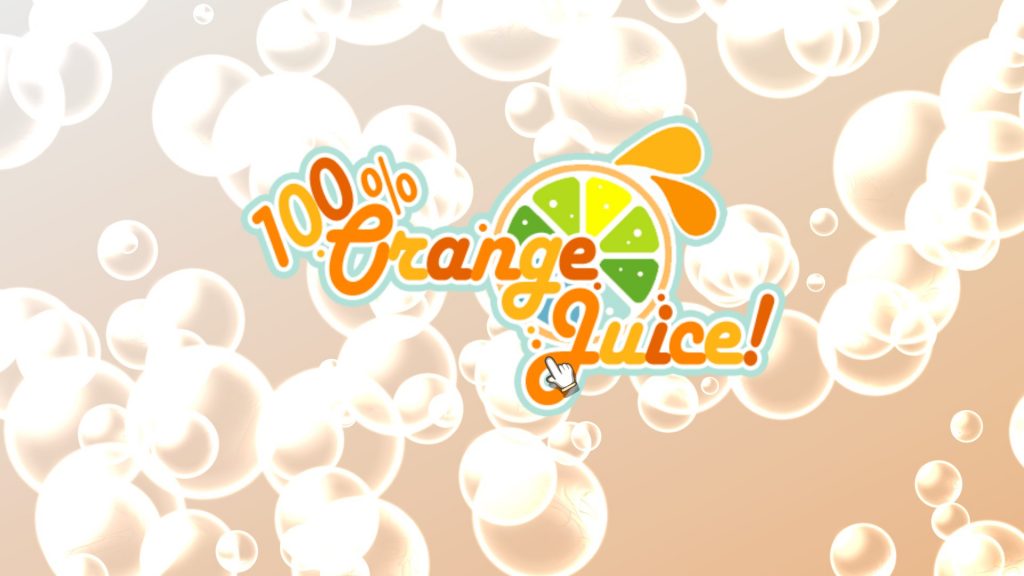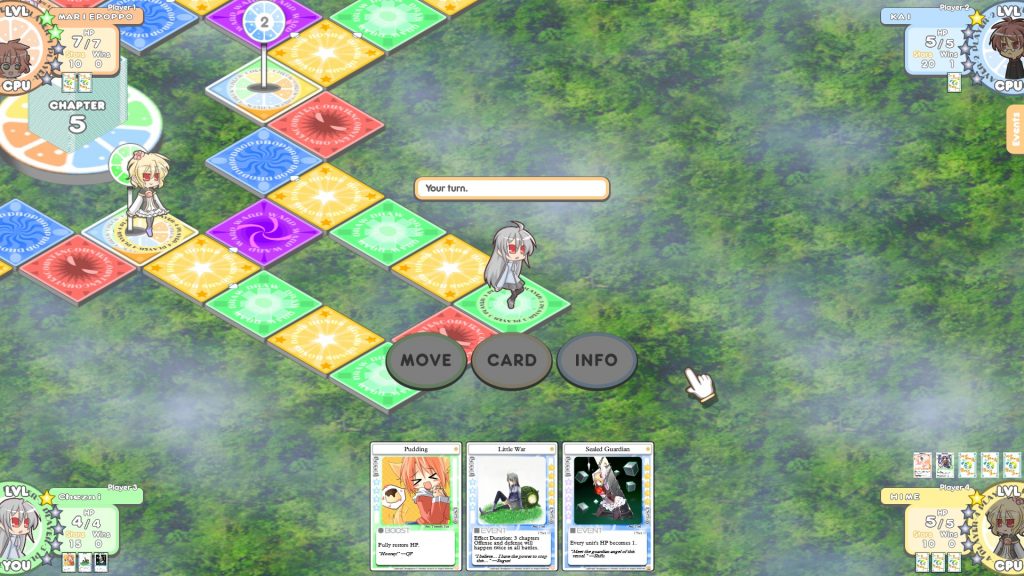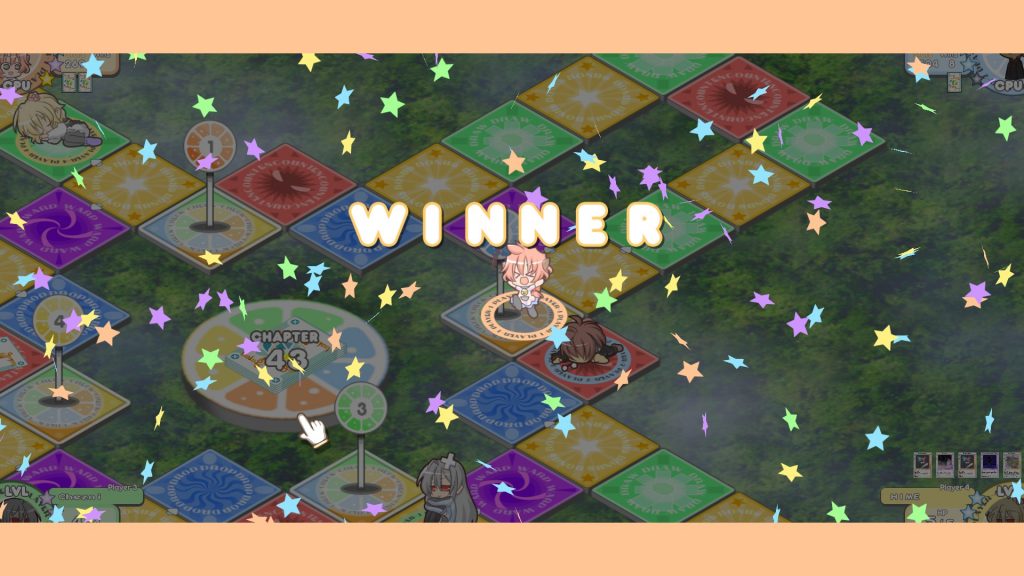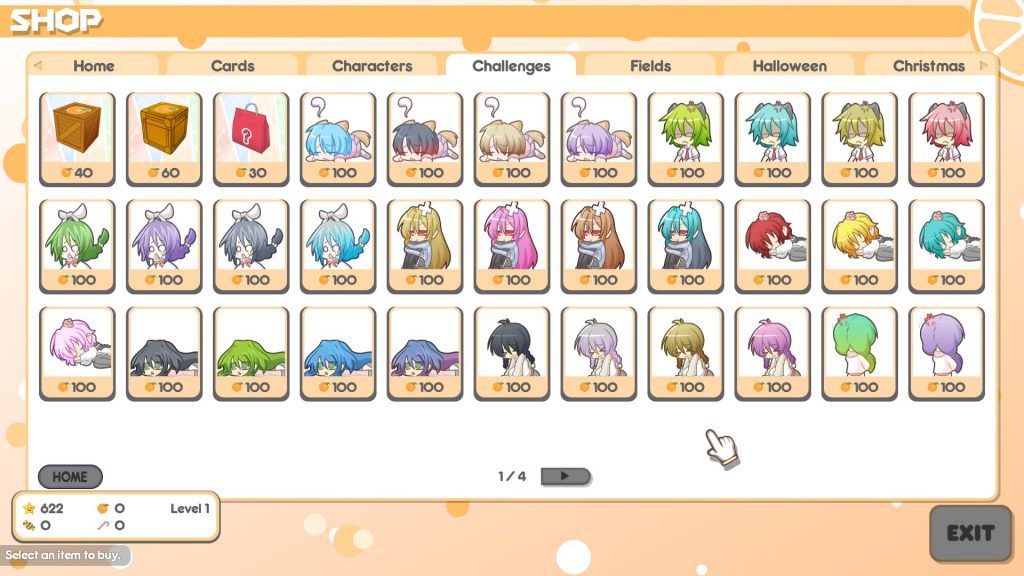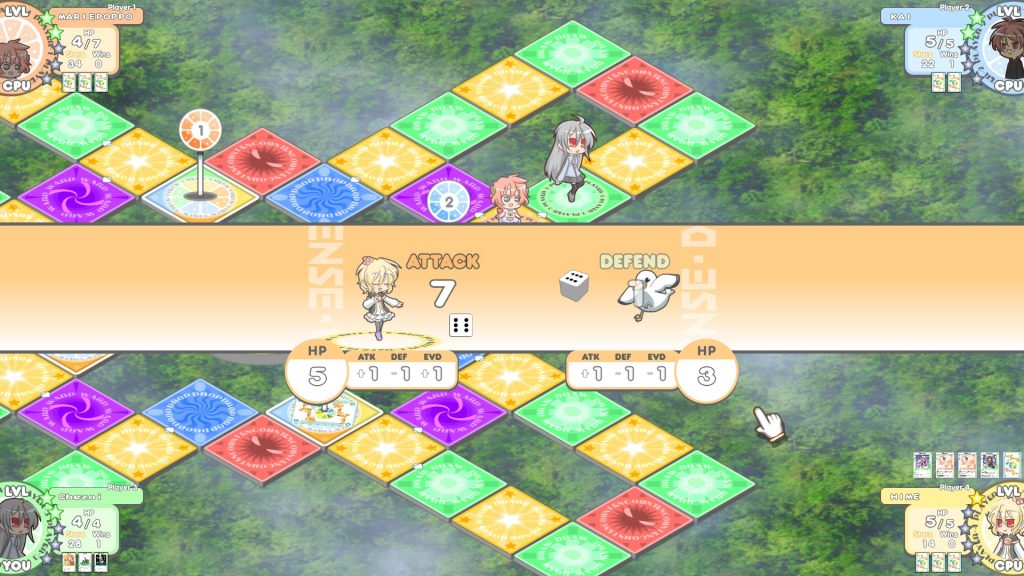Does anyone else think that Agent 47 looks like a giant bald big-faced baby? I am of course talking about our protagonist in…
I’m… not even sure what to say about this game franchise anymore. I’m going to once again ruin the ending and tell you the rating for this game now: Tier 2. Yes, after the last two Tier 3 debacles, Hitman Blood Money scrapes its way back up into the Tier 2 category. So why do I sound so nonplussed about it? Well, because in spite of having 4 games–4 damn chances to perfect their system, work out the kinks and really deliver–Hitman Blood Money just leaves me feeling as bland as ever about the series. Technically a “good” game but overall what feels like wasted potential, and a lot of it.
The story this time is… oh I don’t even know or care at this point. It’s agent baby-faced white dude 47, out to murder the crap out of a bunch more brainless idiots through a series of unavoidable missions briefed by the same woman from the agency that made her debut in Silent Assassin. Point-and-click third-person gunplay with weapons so standard that it hurts, planted explosives for obviously scripted events and enough fiber cord to create the world’s largest ball of string; Agent 47 isn’t going to wow you with anything new in this one. The most exciting addition to 47’s arsenal is the fantastical option to toss out some pocket change which he can throw to distract his enemies. Other than that, it’s all tactically and mechanically similar to our previous titles.
I guess that’s not entirely fair. You can now do things like hide bodies in containers, hide weapons in crates, hide in closets (a lot of hiding) and do a couple more silent kills (such as from above) but none of things really change the game itself. They all just feel like tweaks on what was already there. I think that’s my biggest complaint so far about the series as a whole. Codename 47 (the first game in the series) was as close as it got to making me actually feel like a hitman. It may have been a confusing mess of interfaces, blocky models and small levels, but it made me feel like I was doing what a hitman would actually do. In all the later titles though, I feel like the devs have just made a game that happens to be hitman flavored. It’s like the difference between eating cooked BBQ and BBQ flavored chips. The chips can be good, but they aren’t wholesome and could never truly substitute what they imitate.
In a sense, I almost feel like the Hitman squad has fallen into a the trappings of its own brand. They set the mold inadvertently with their first game and they keep revisiting it over and over as if they’re trying to make it just *that* much better each time. I’m glad they’re improving with each game. That much can be applauded–but I feel that the mechanics themselves (walk around, point and click to shoot, steal clothes, walk behind somebody, murder them silently, rinse and repeat) while okay were just that–“okay.” They weren’t great; a simulator of a hitman simulator. While they continue to polish and clean up their old system with each release, nothing new is gained or explored. Nothing is inspired or redesigned. This is the kind of thing I expect from other games that are based off of a set of fun and challenging rules–Fire Emblem being a perfect example. I’m not upset when I load up a new Fire Emblem game and find myself controlling tiny units on a grid, because that’s what Fire Emblem was designed to be–a tactical game where you control tiny units on a grid. That is the heart of what Fire Emblem is. The heart of Hitman? Stupid AI and boring gunfights. Woo.
Overall, I hate to be so negative in the face of improvement. I mean, there’s even more on the “better-than-last-time” list. You no longer soak up bullets like a sponge soaks up water, you can run in front of guards without them gunning you down now, the levels have a nice balance of openness yet definable pathways and strategies. However, I think the biggest problem is that none of this strikes me as “fun.” I never have fun with the actual “doing” part of any of this. It doesn’t feel exciting, or creative or intuitive. I’m just not sure what my motivation for the series is anymore. I know I keep repeating myself but so does this franchise so I’ll say it again; I’m not exploring anything new in this setting anymore. This game has become stale. Luckily, I have but one more Hitman title to make my way through. Wish me luck my friends (or curse me if you happen to love Hitman).
